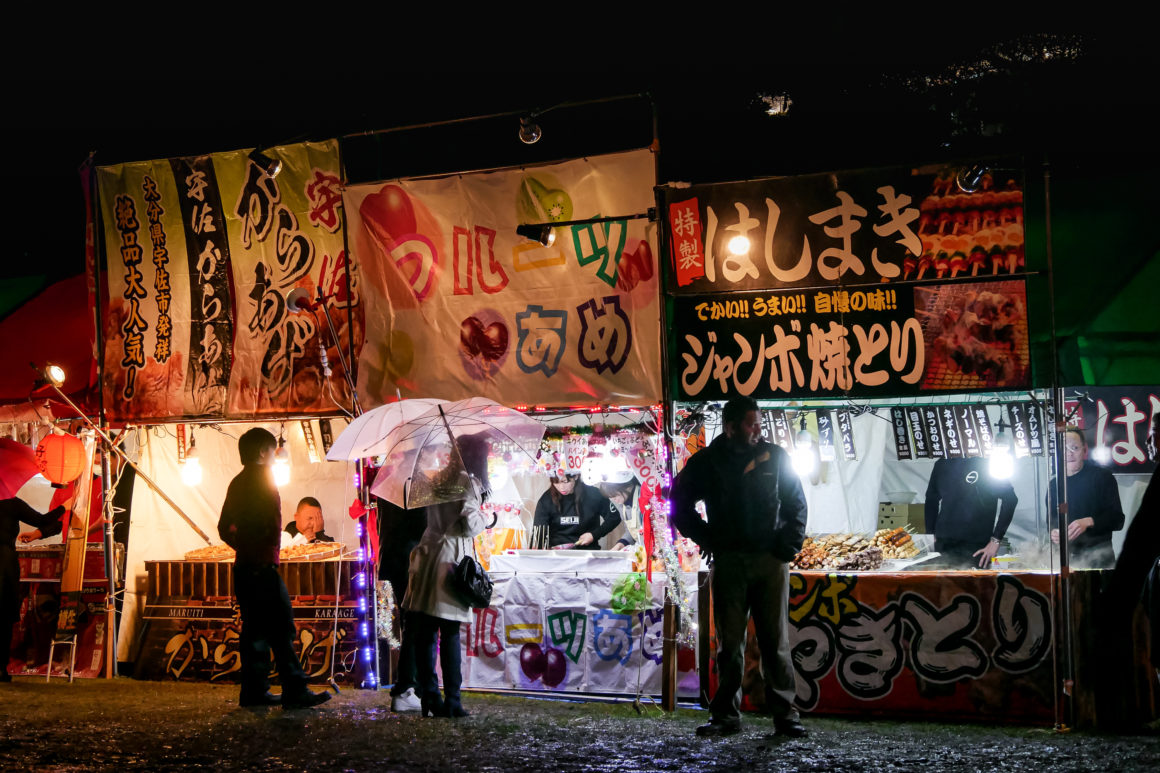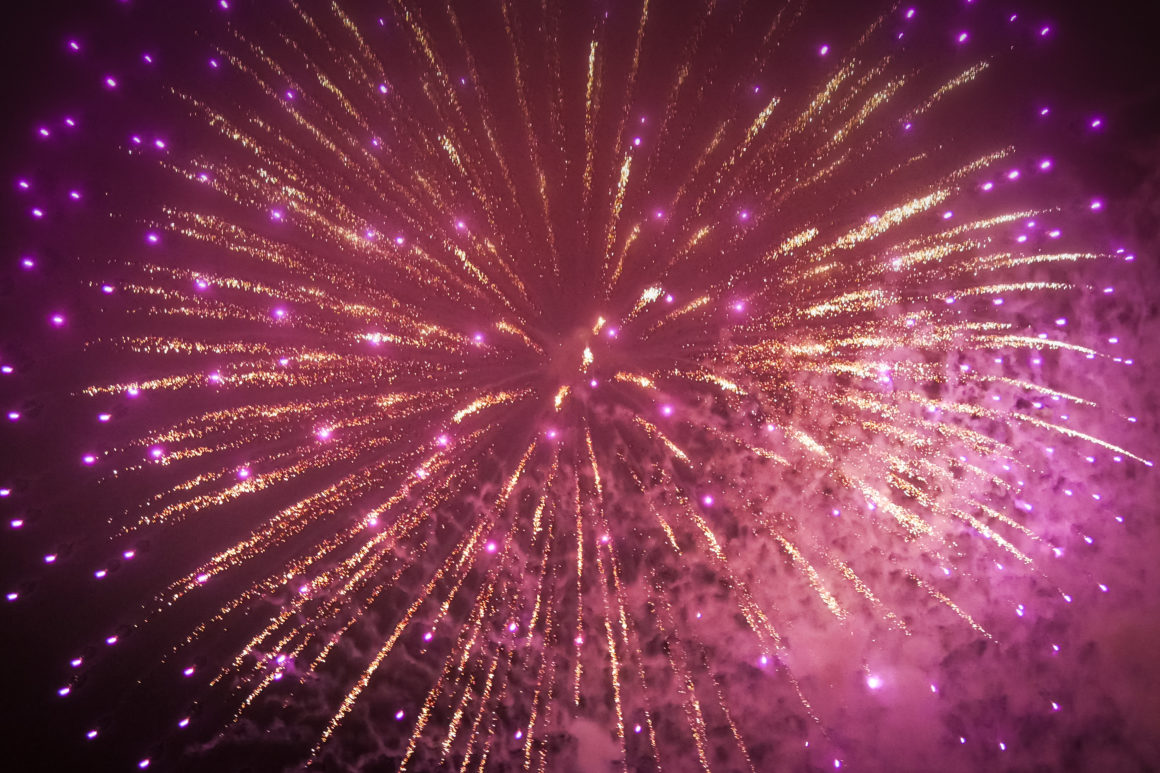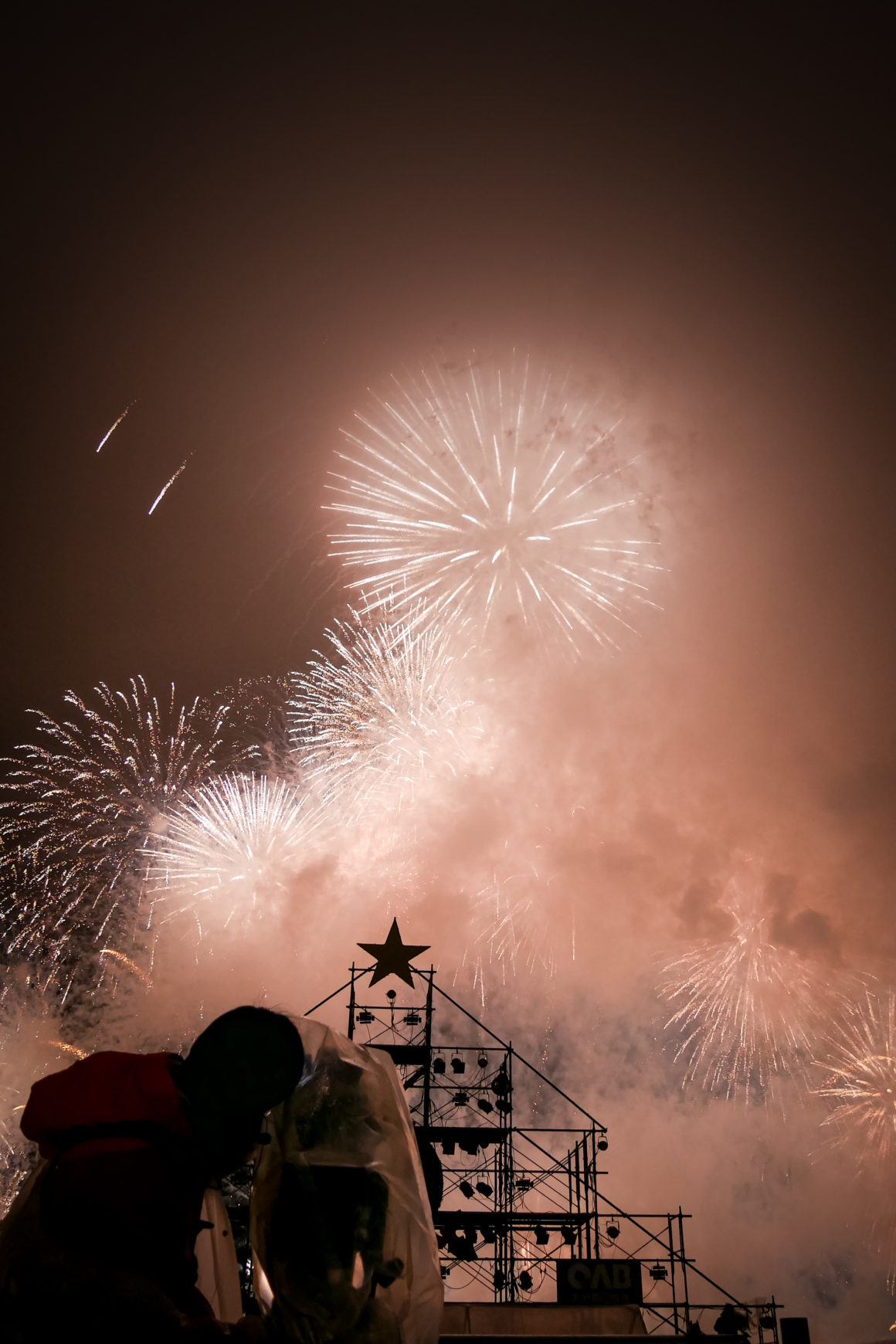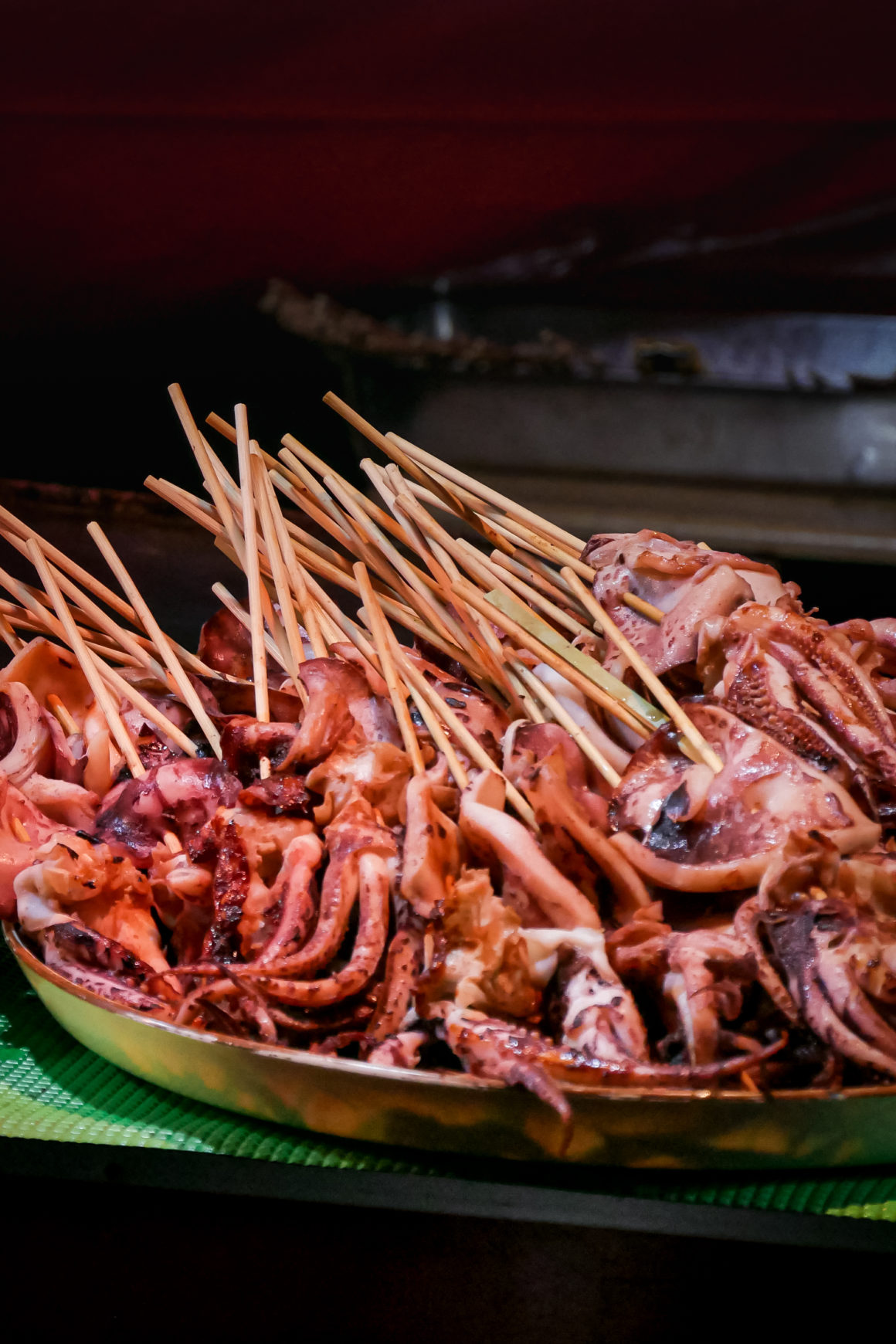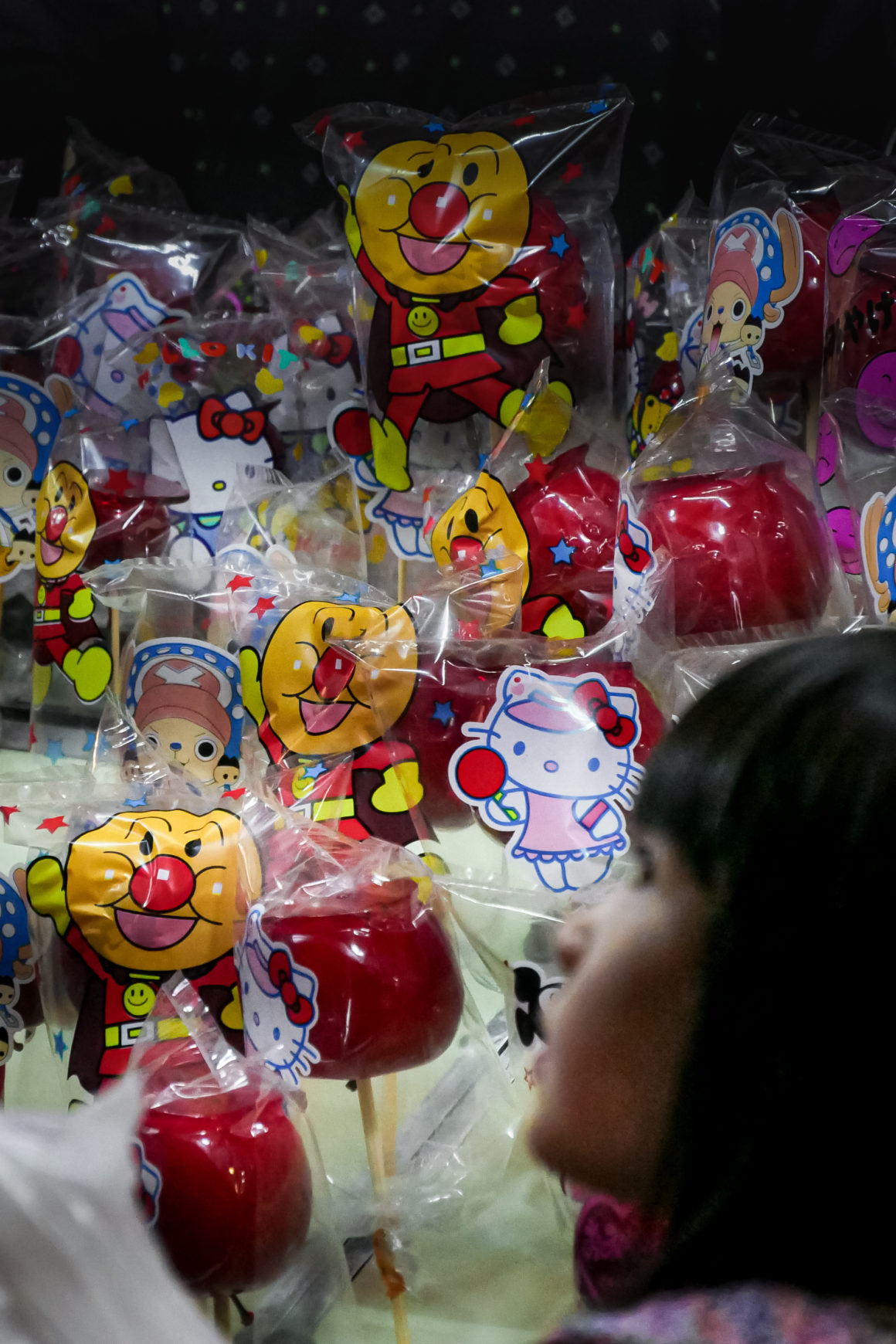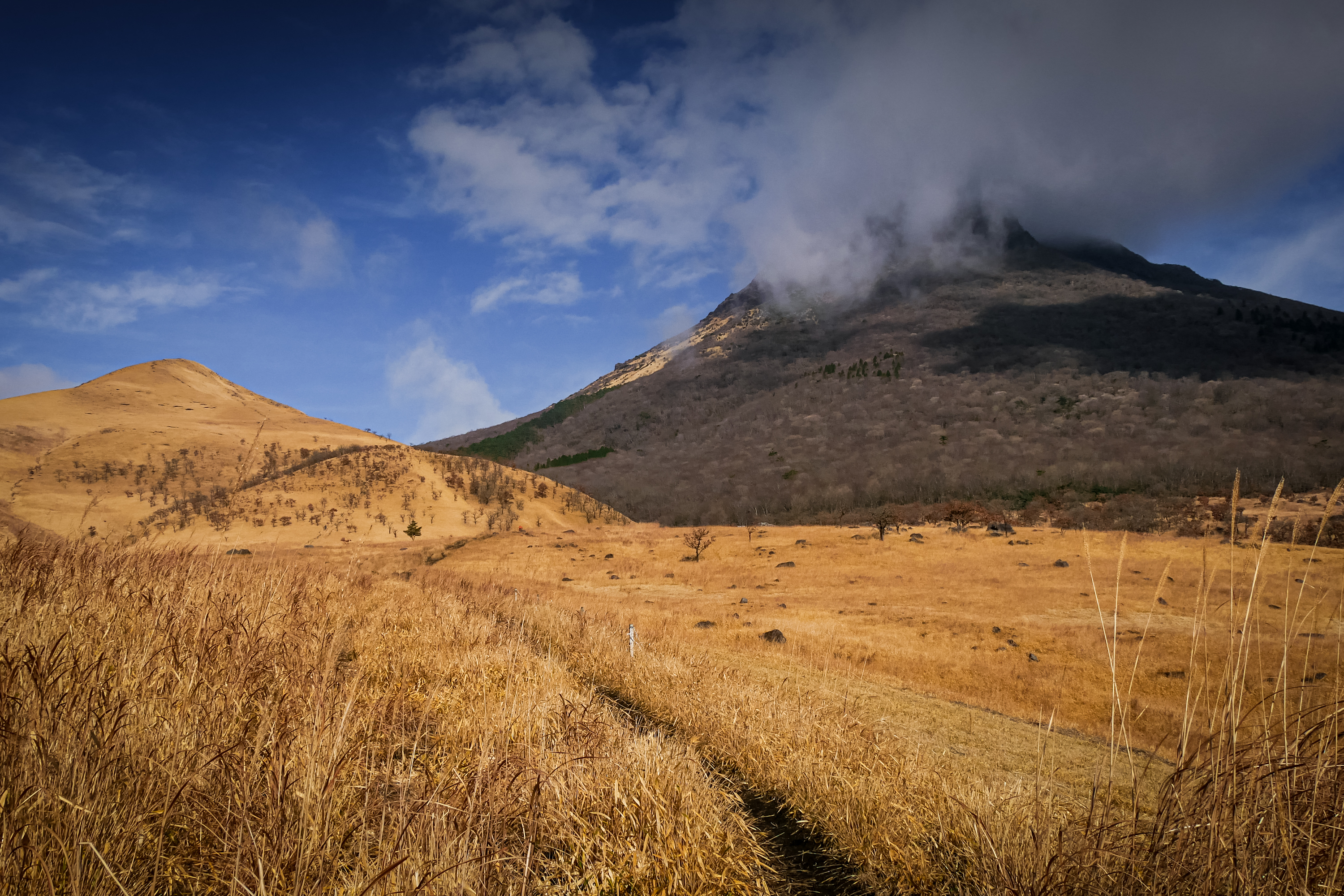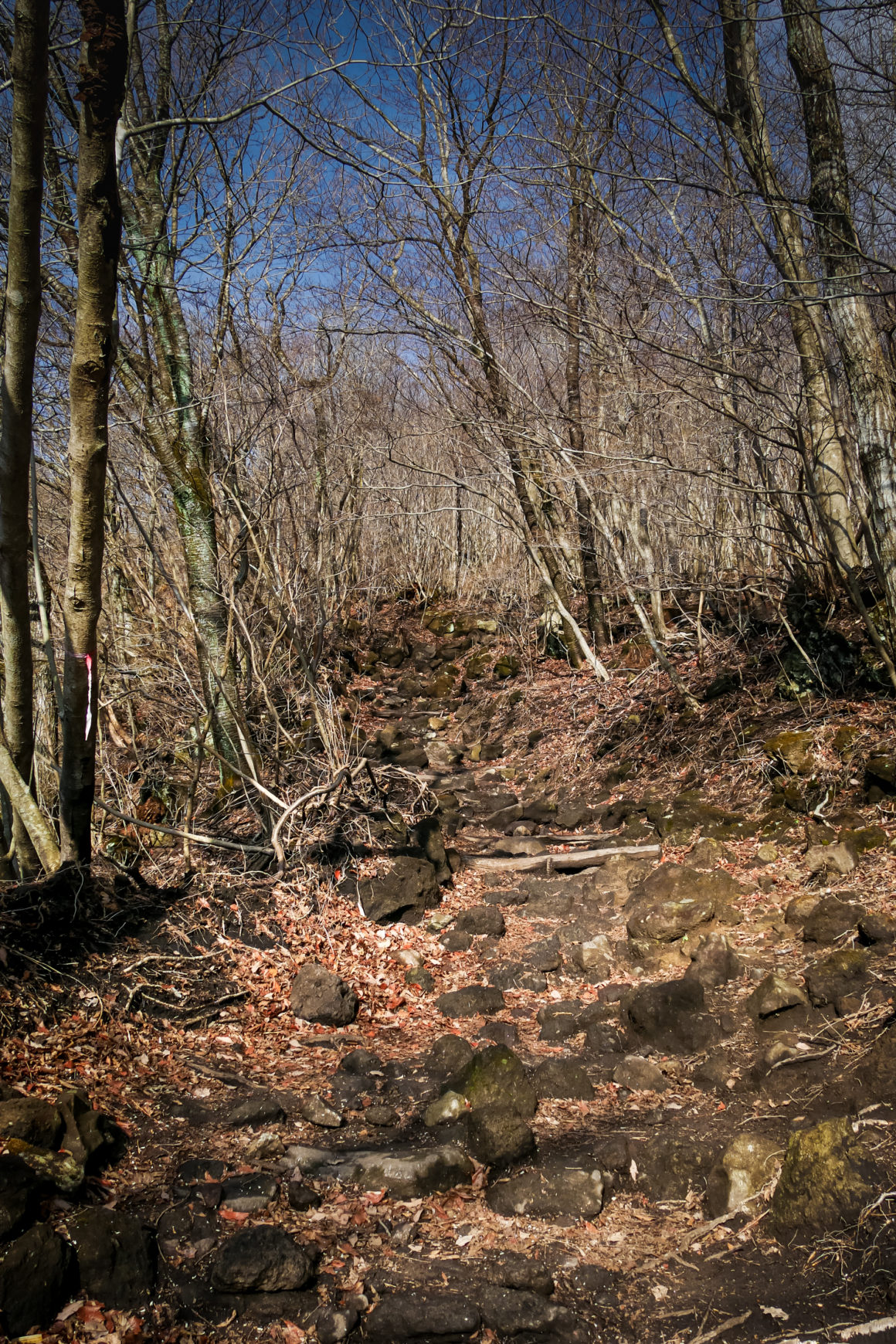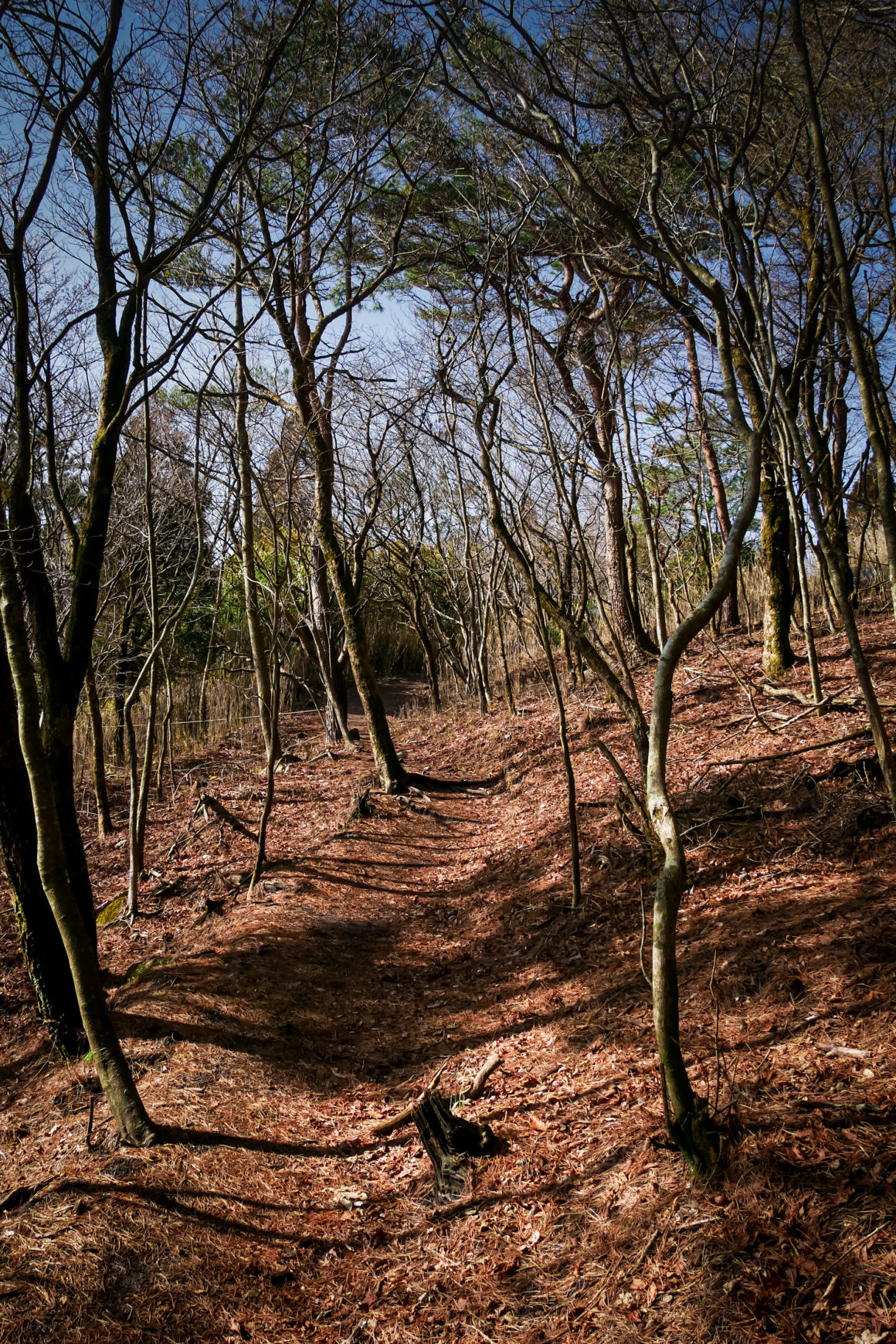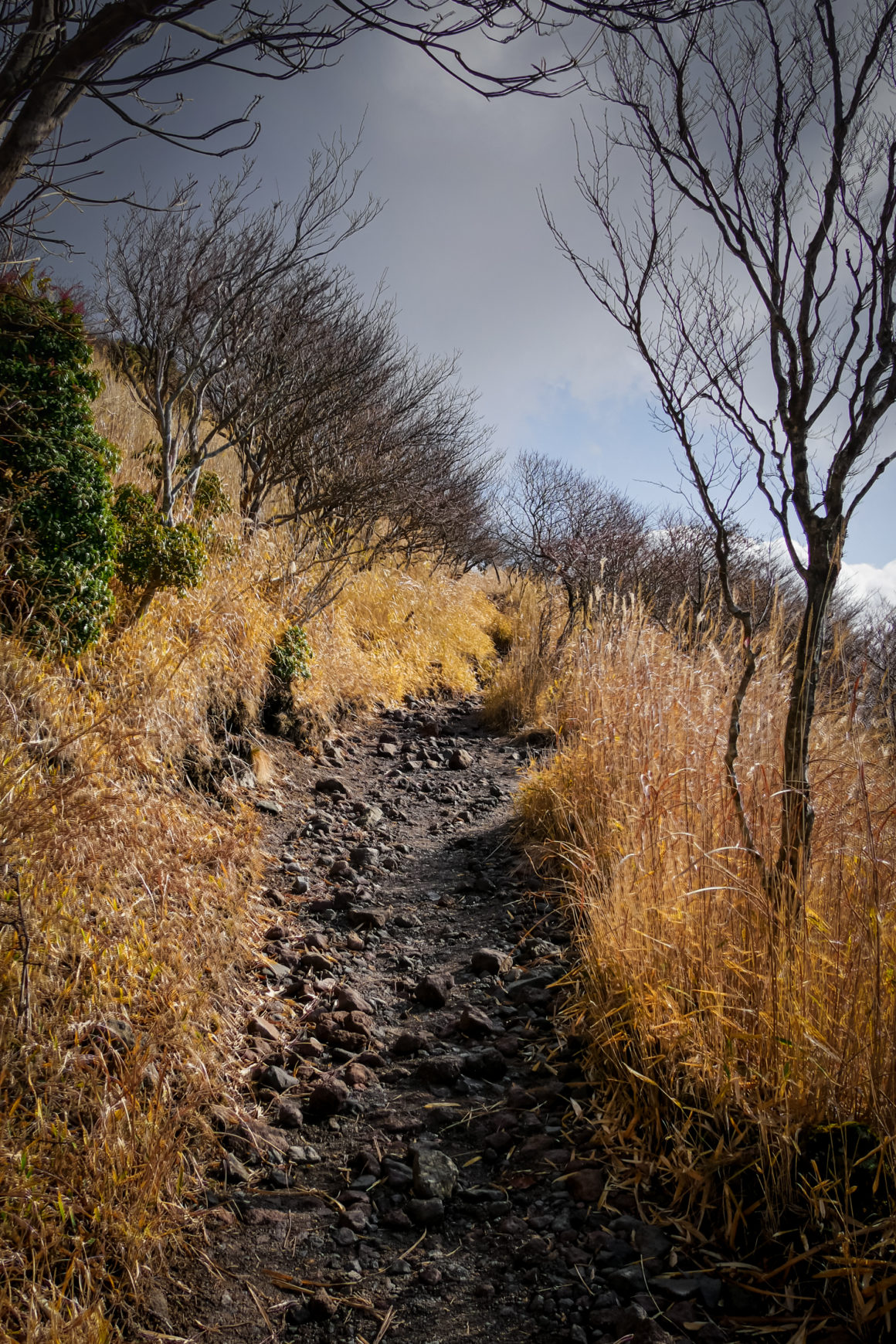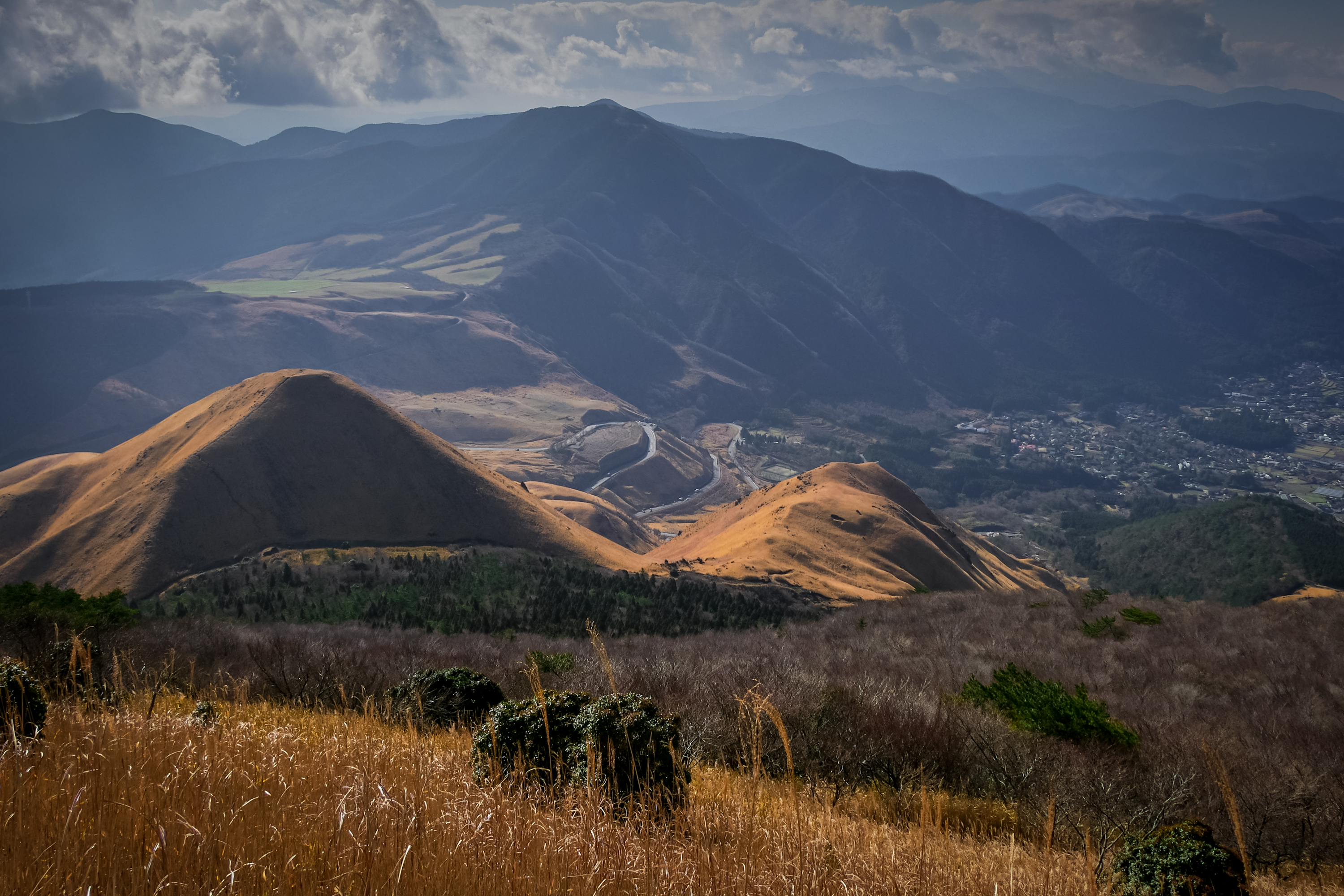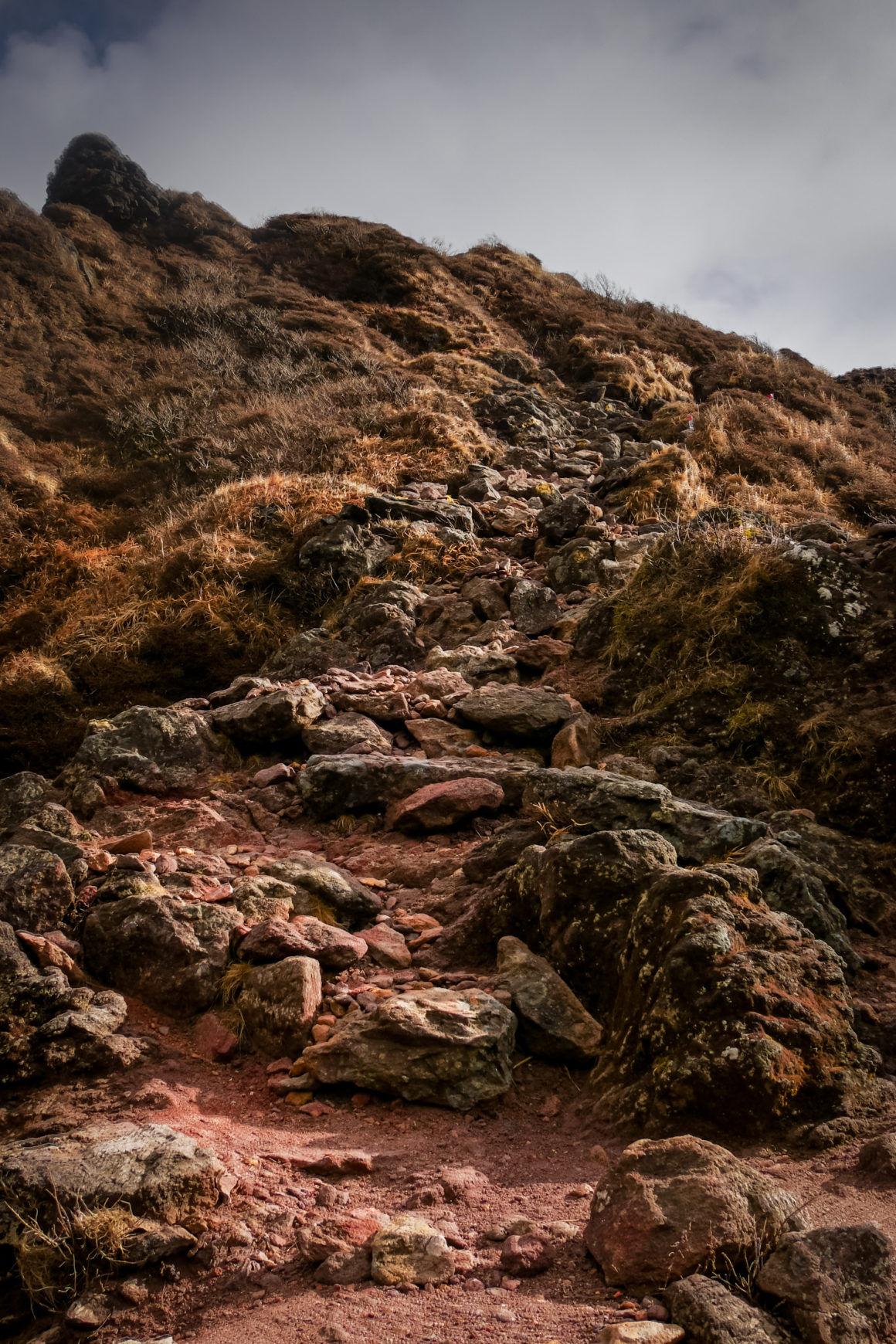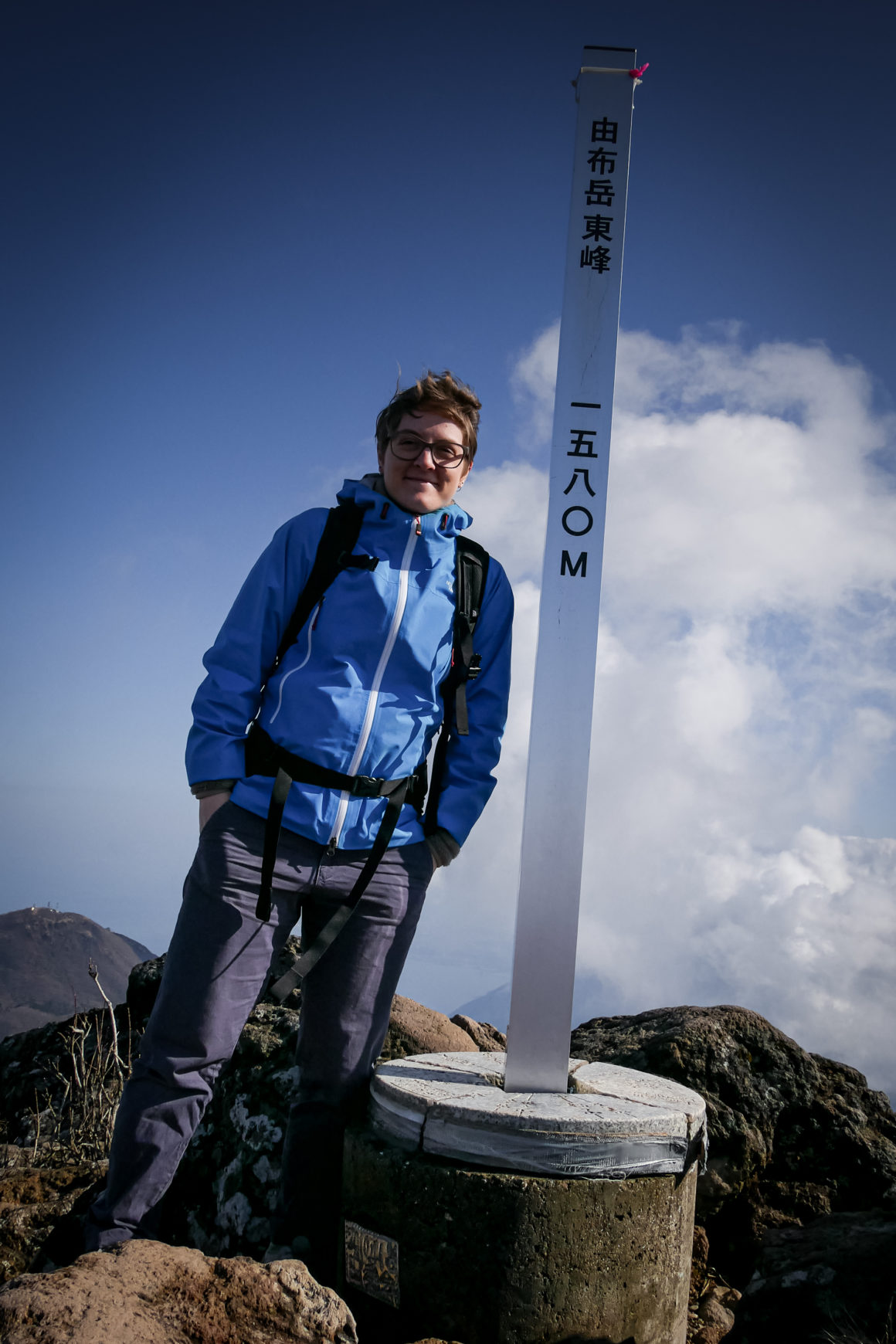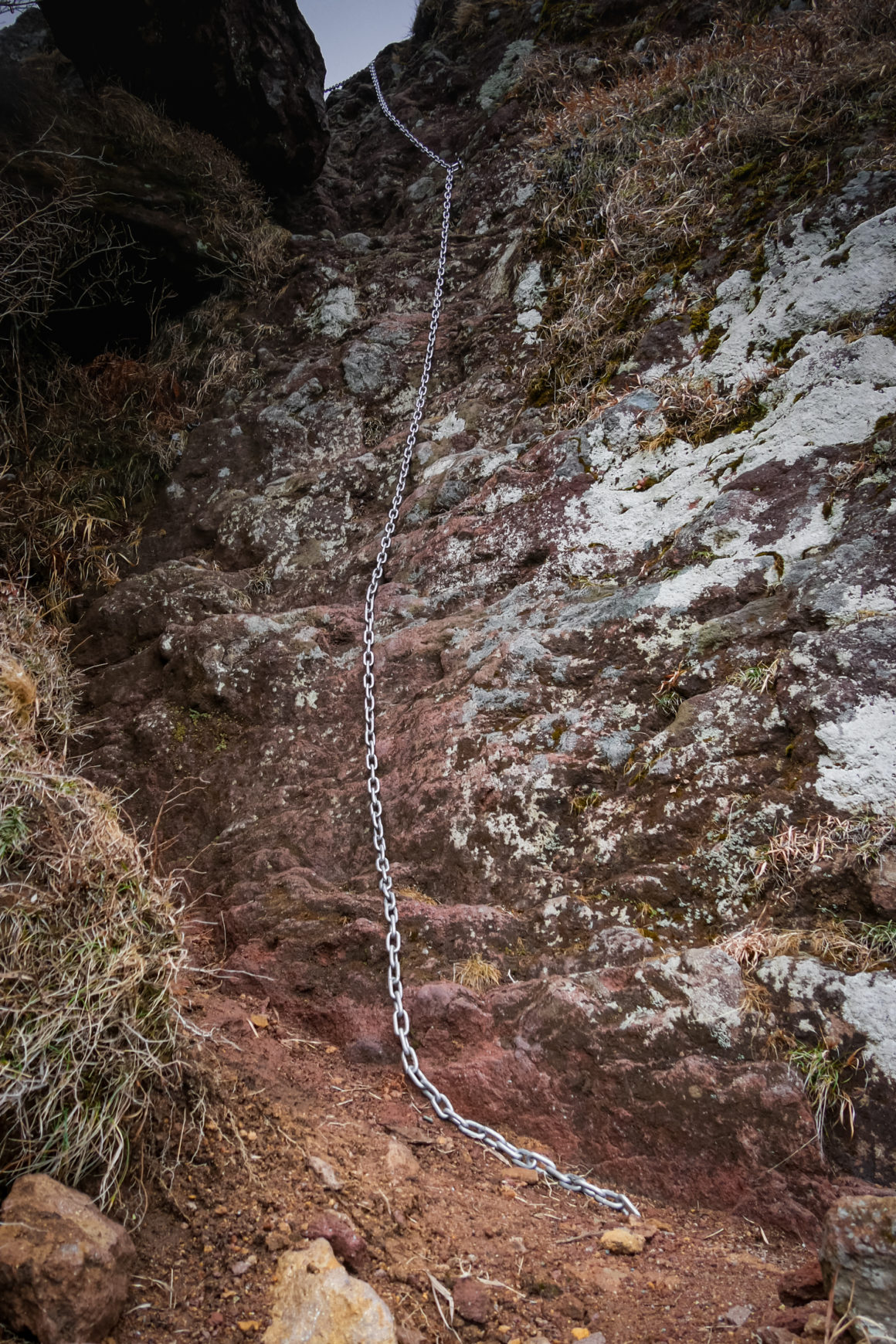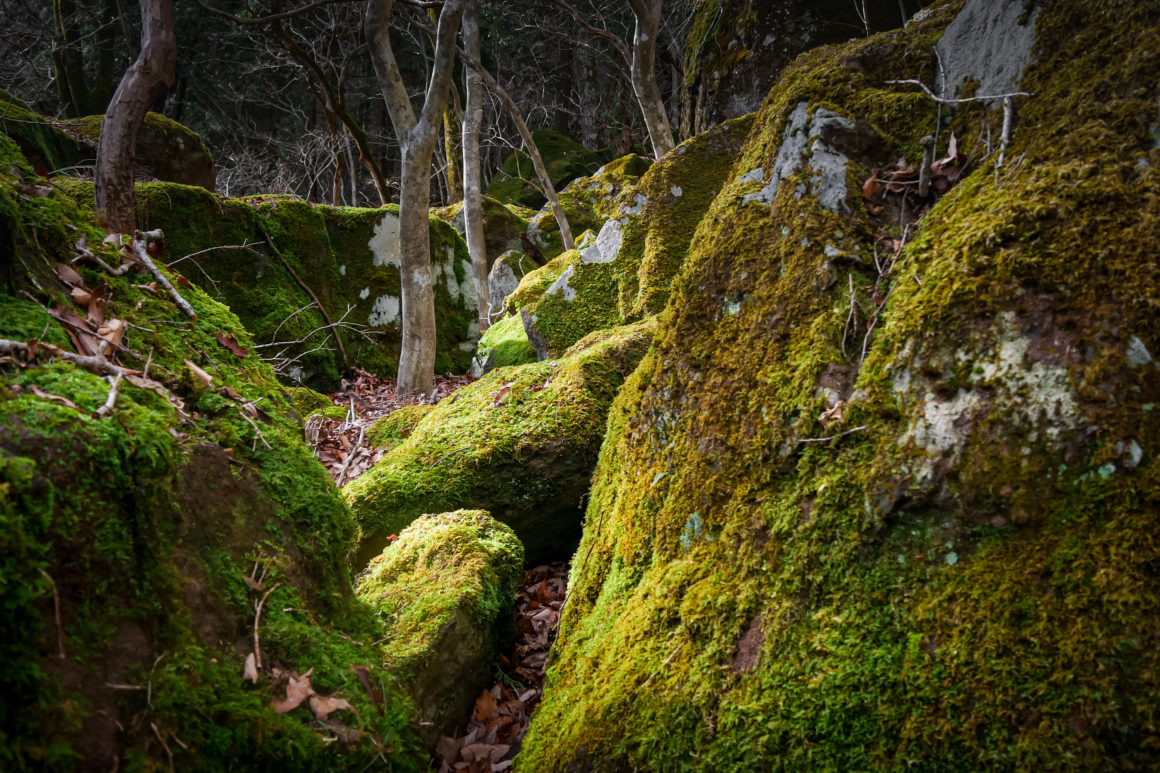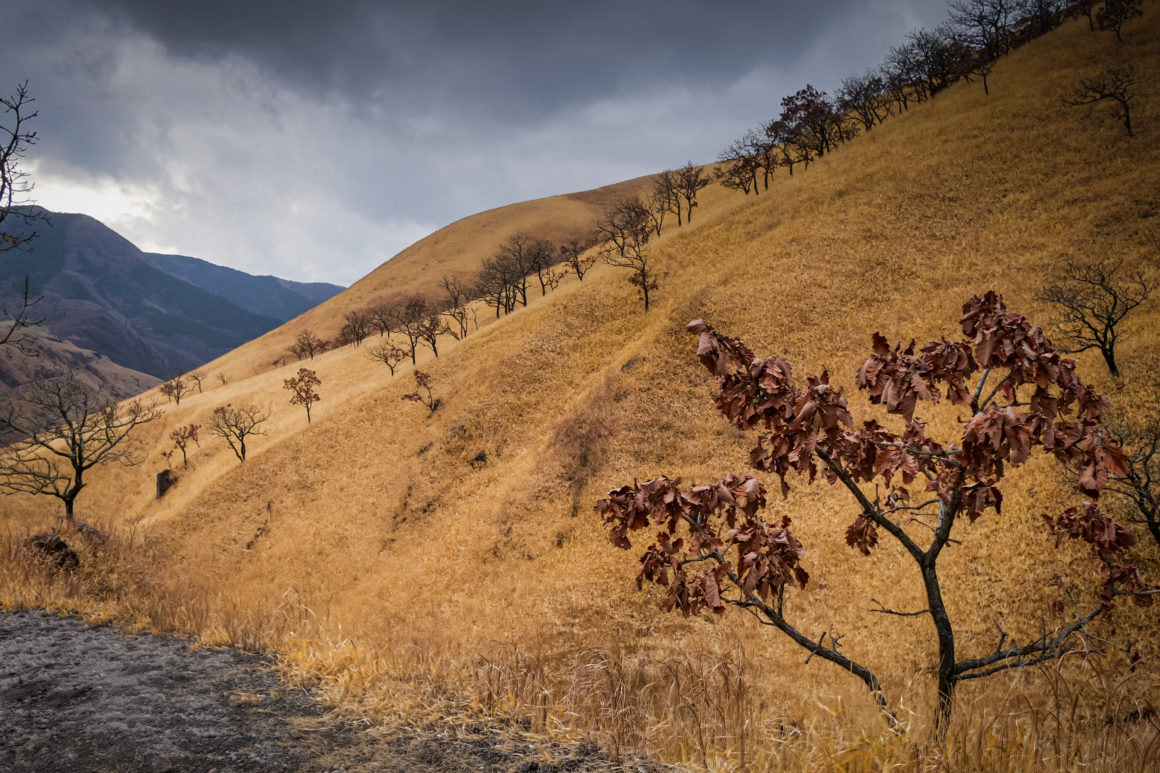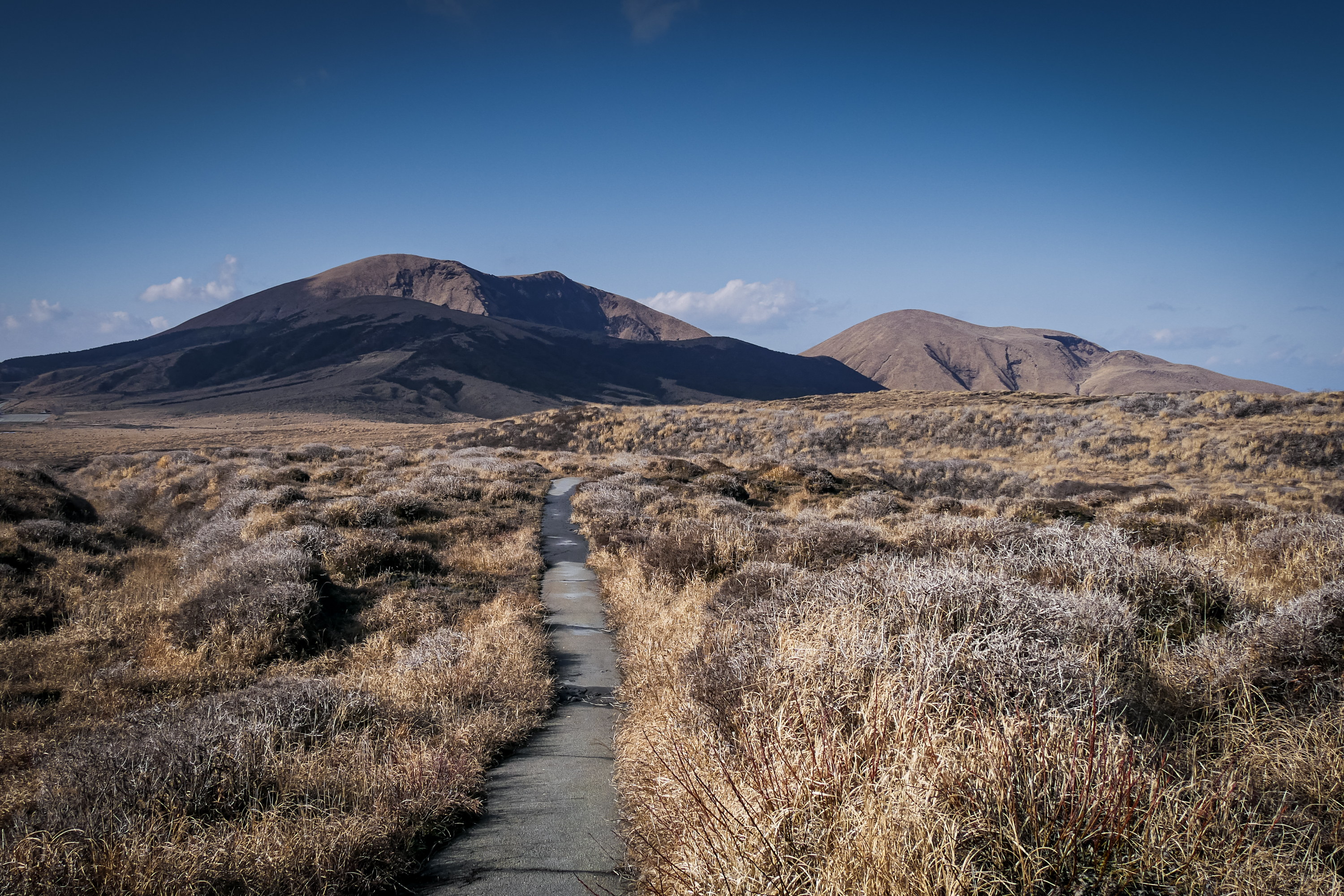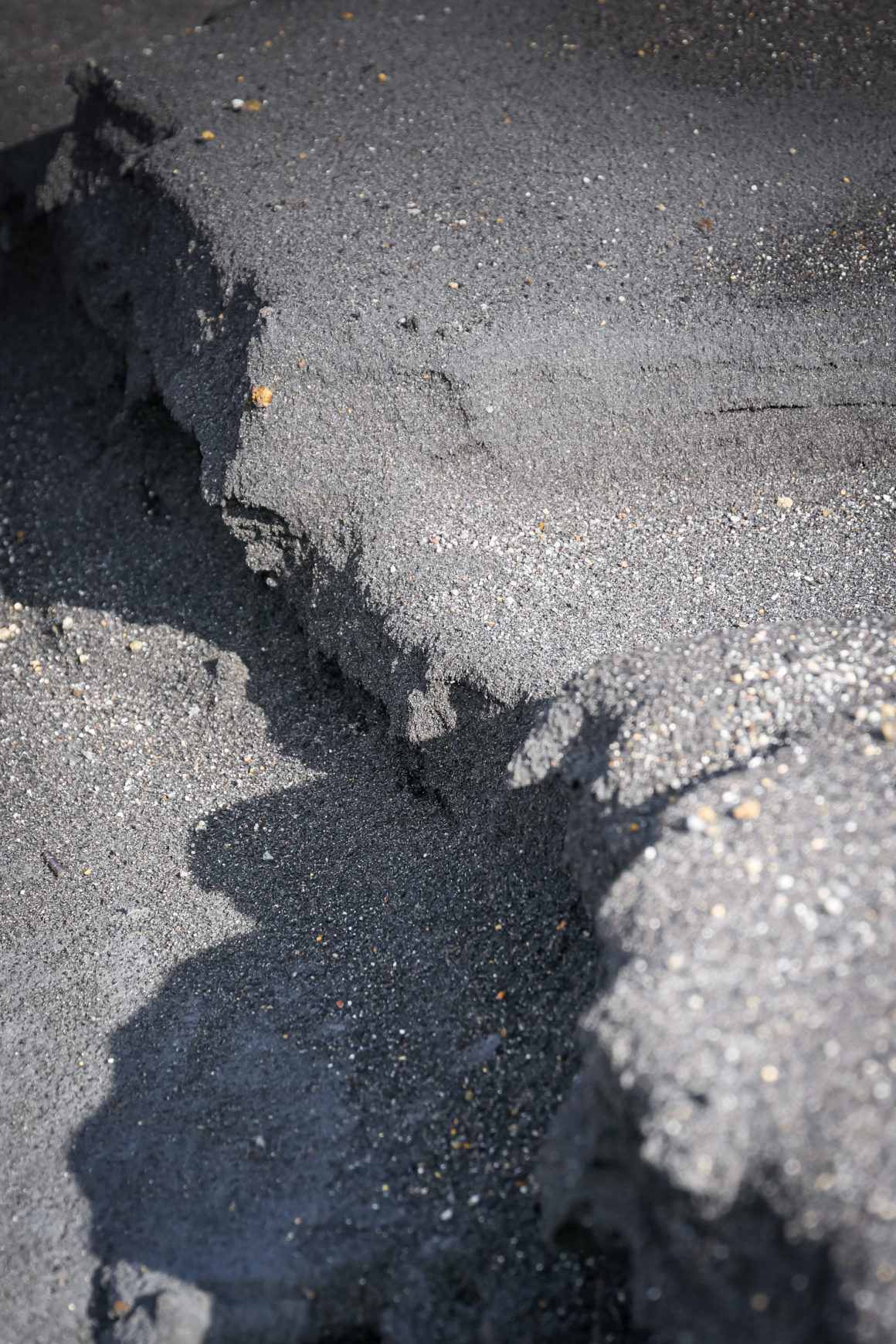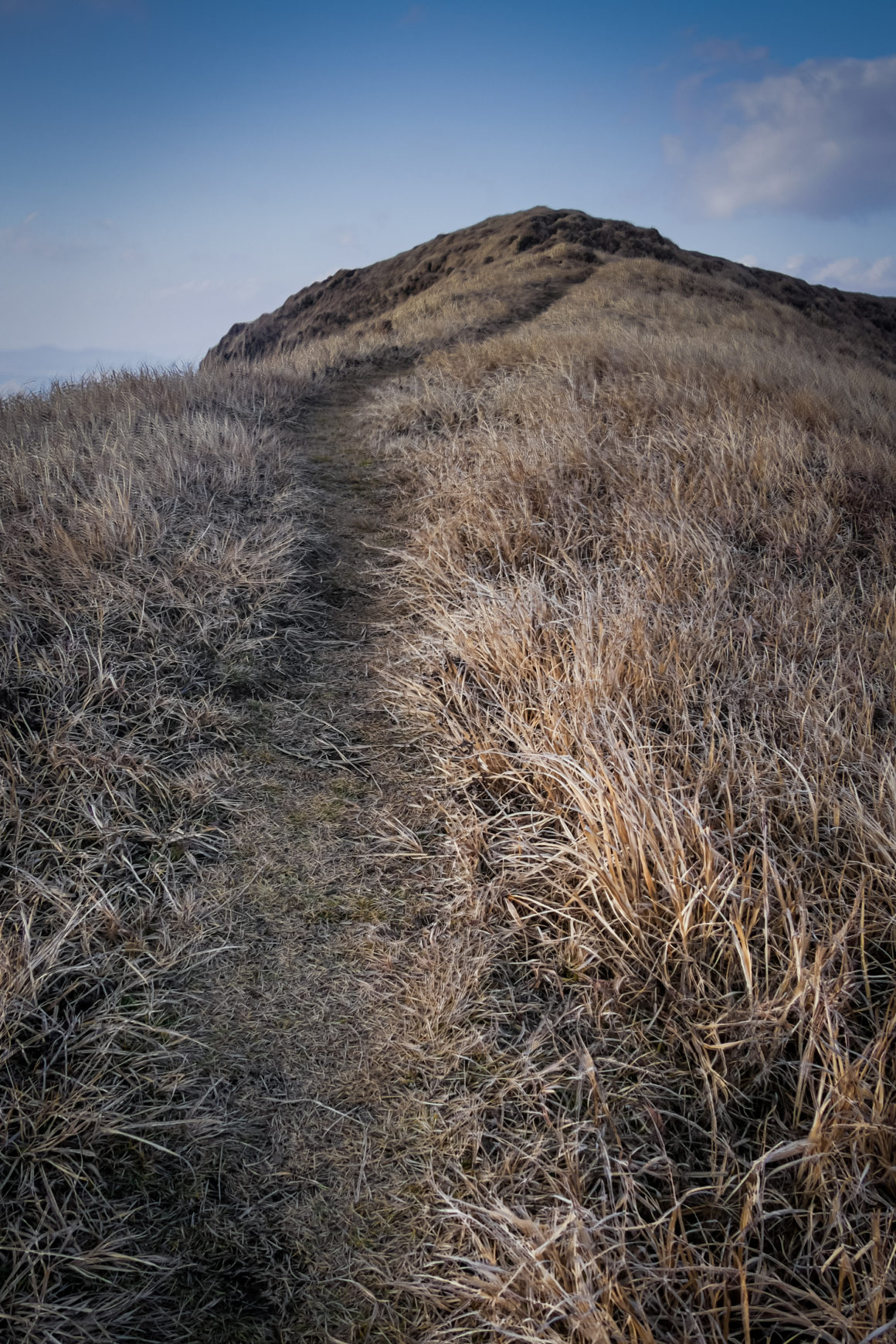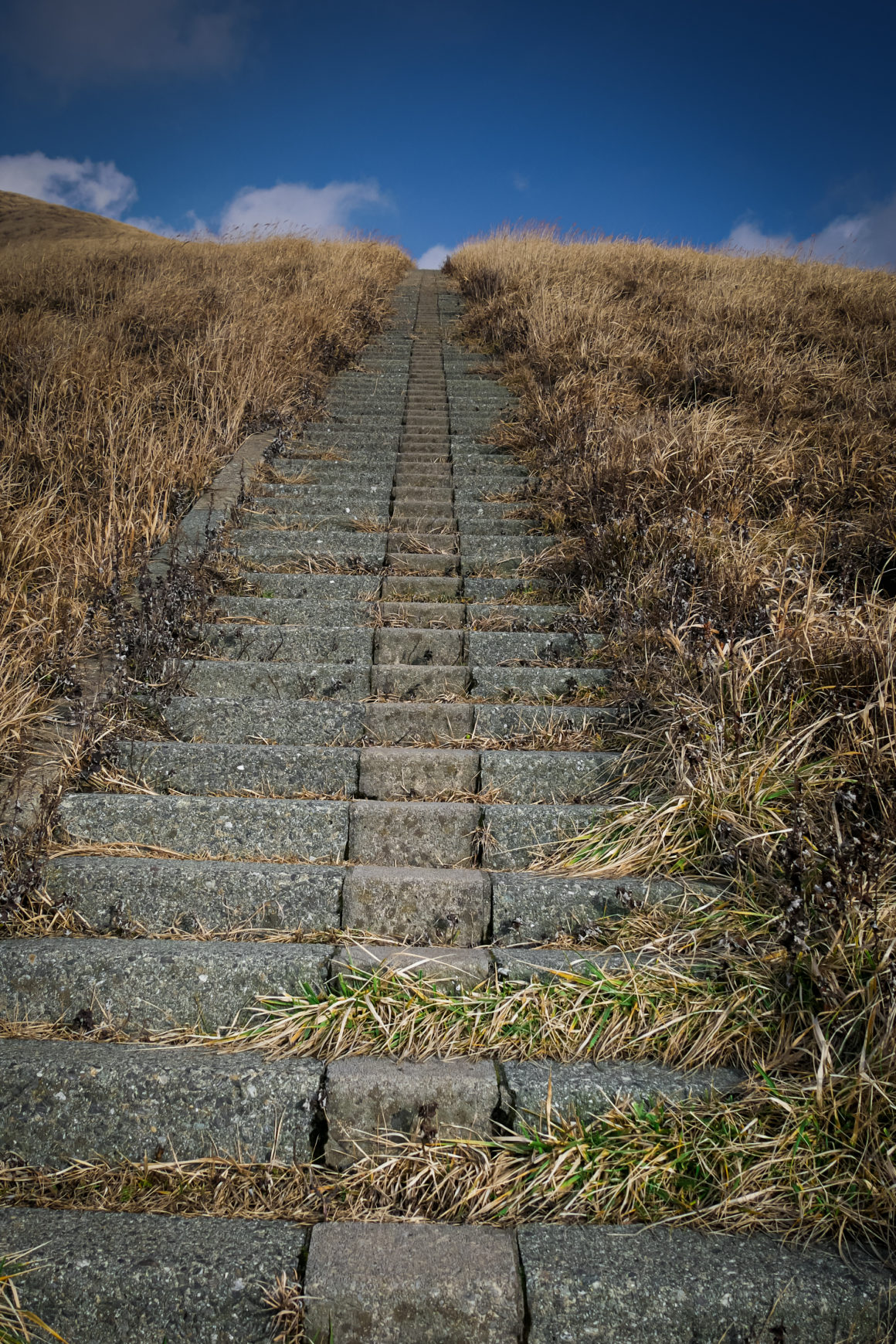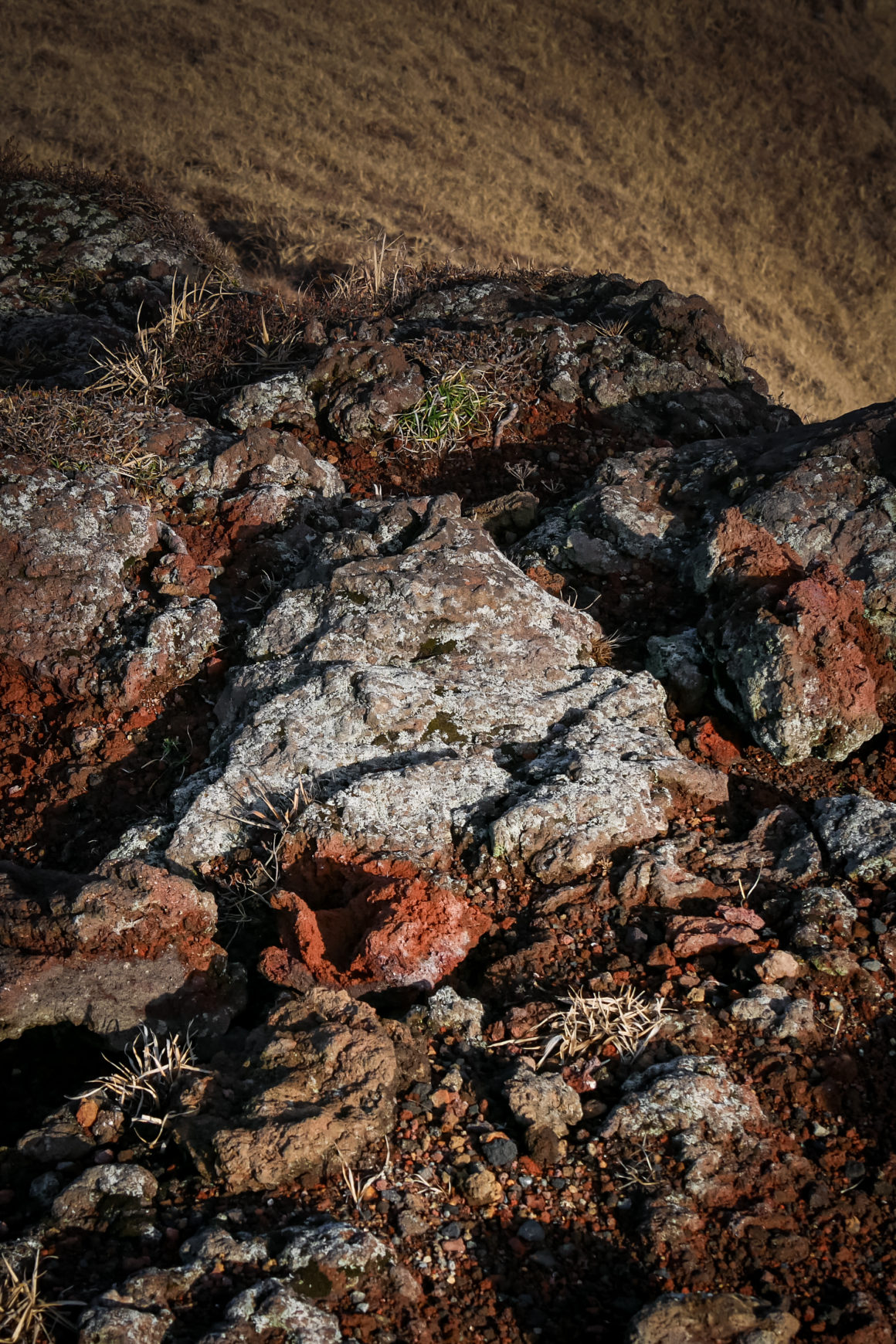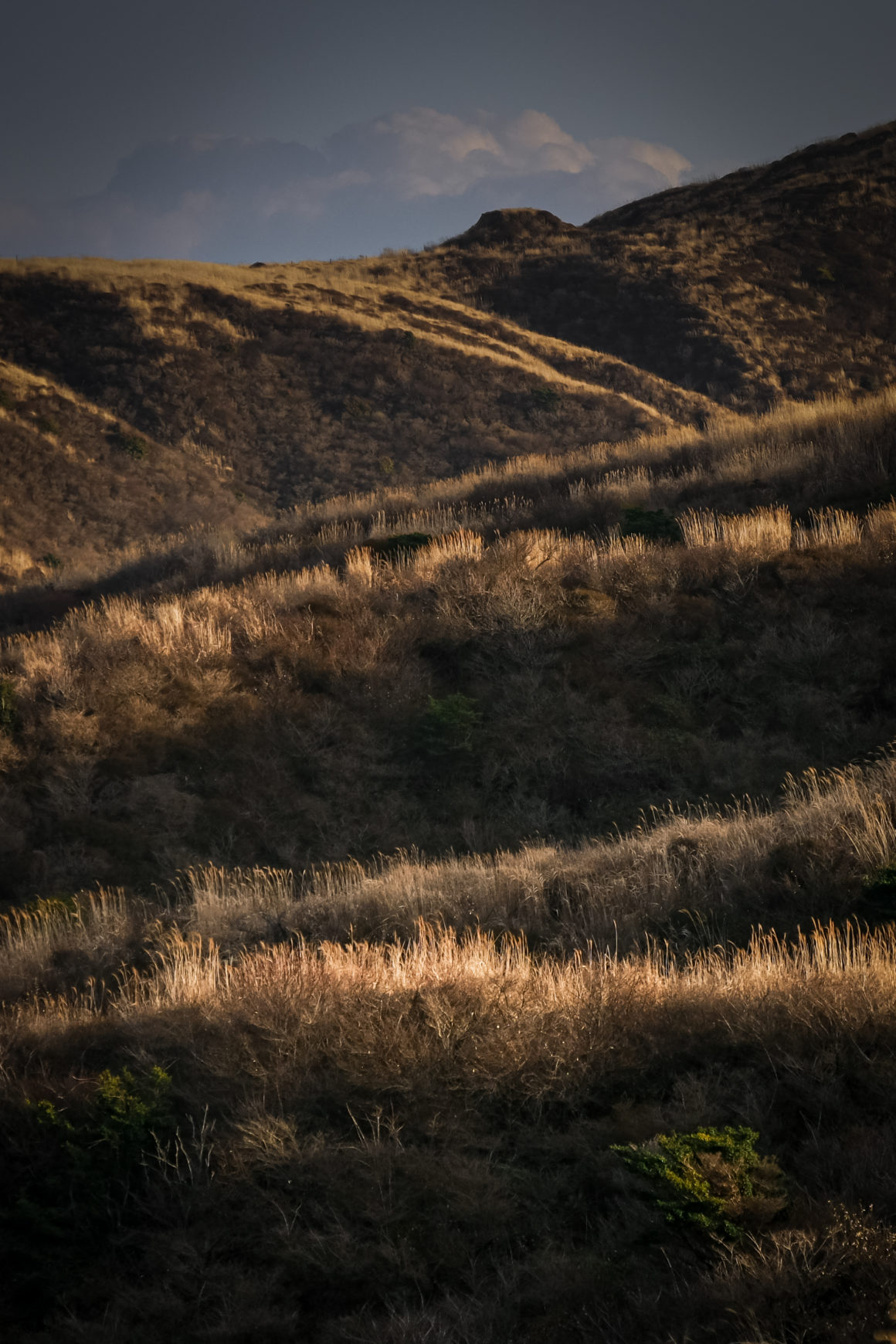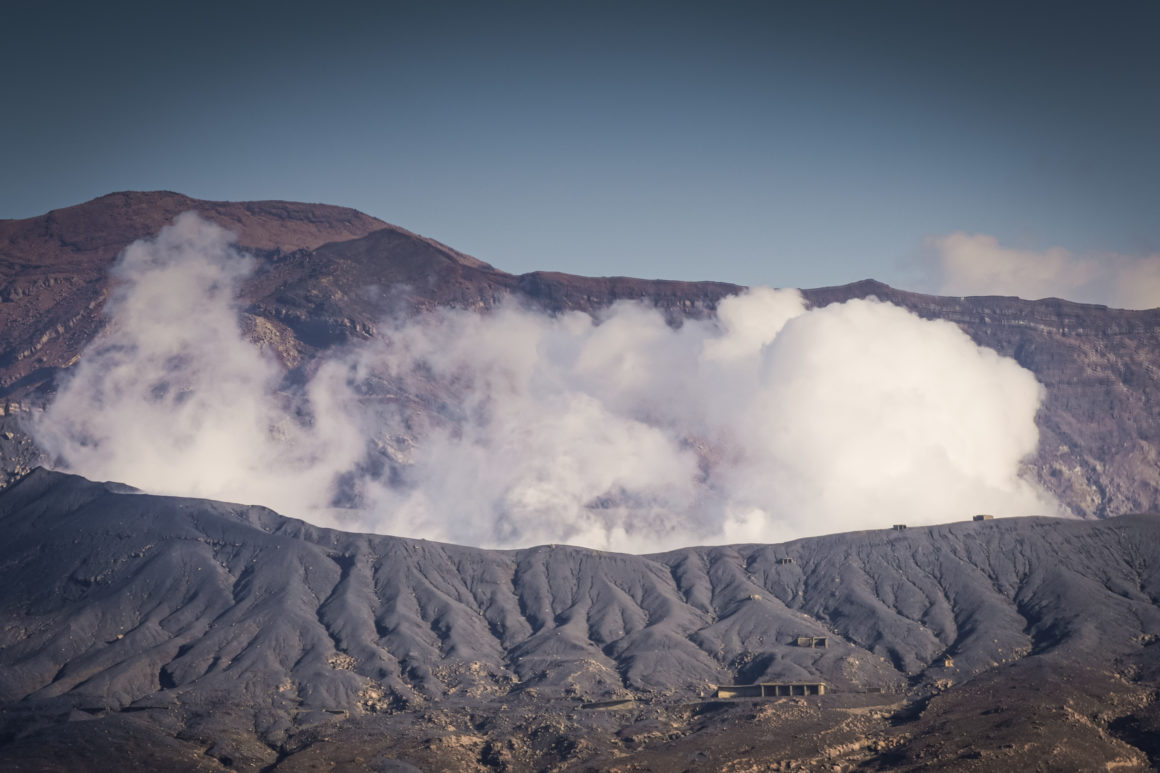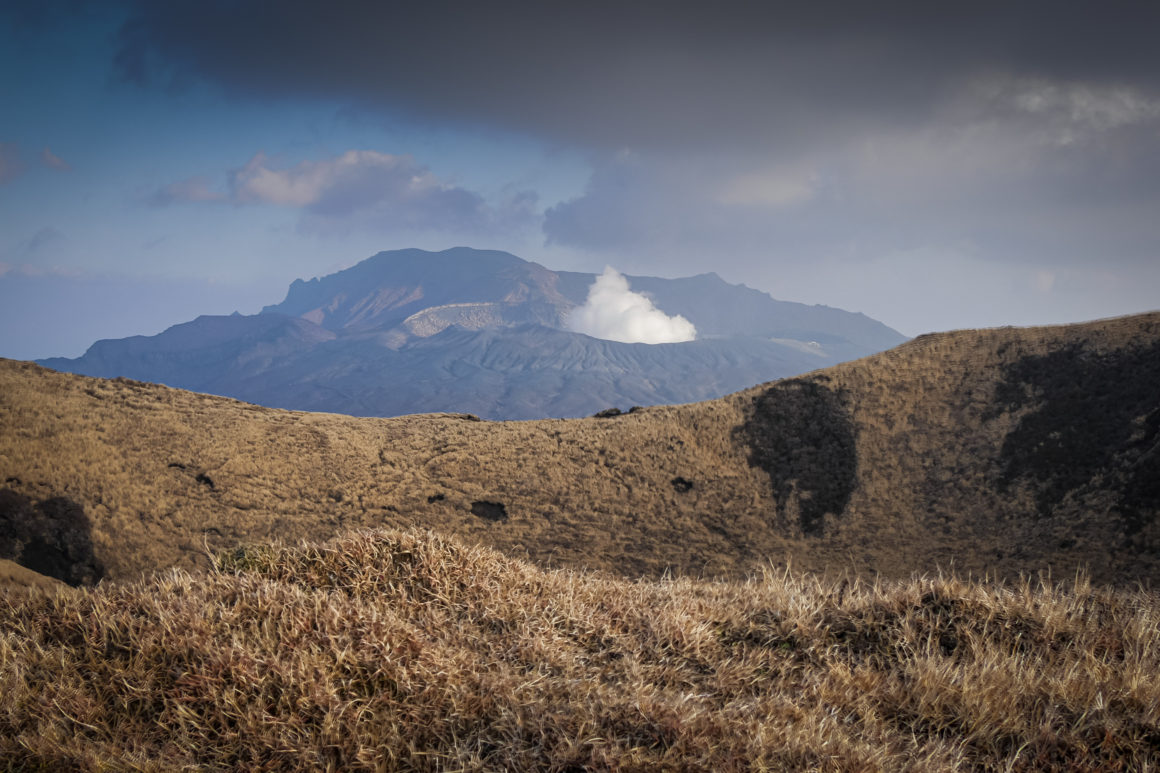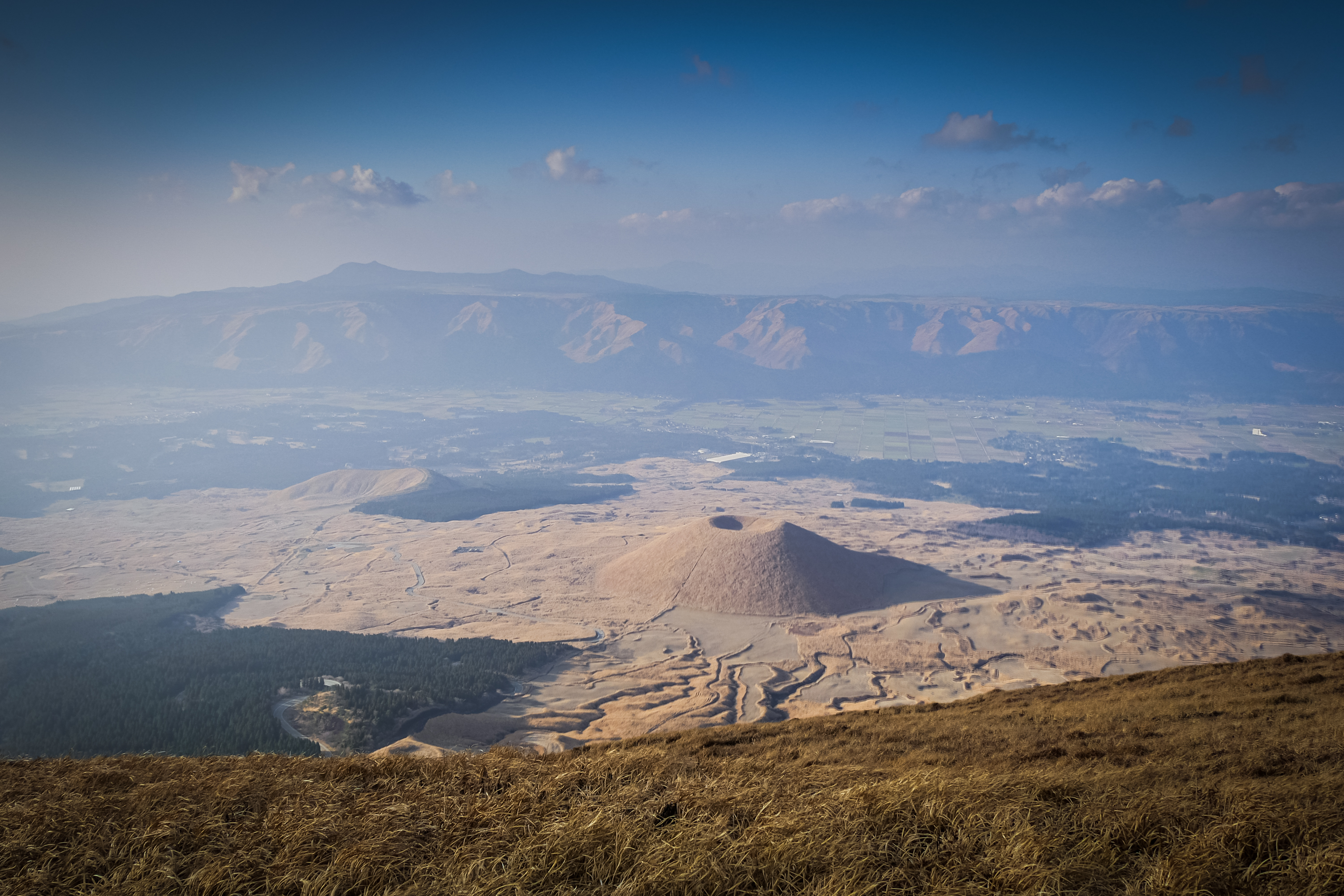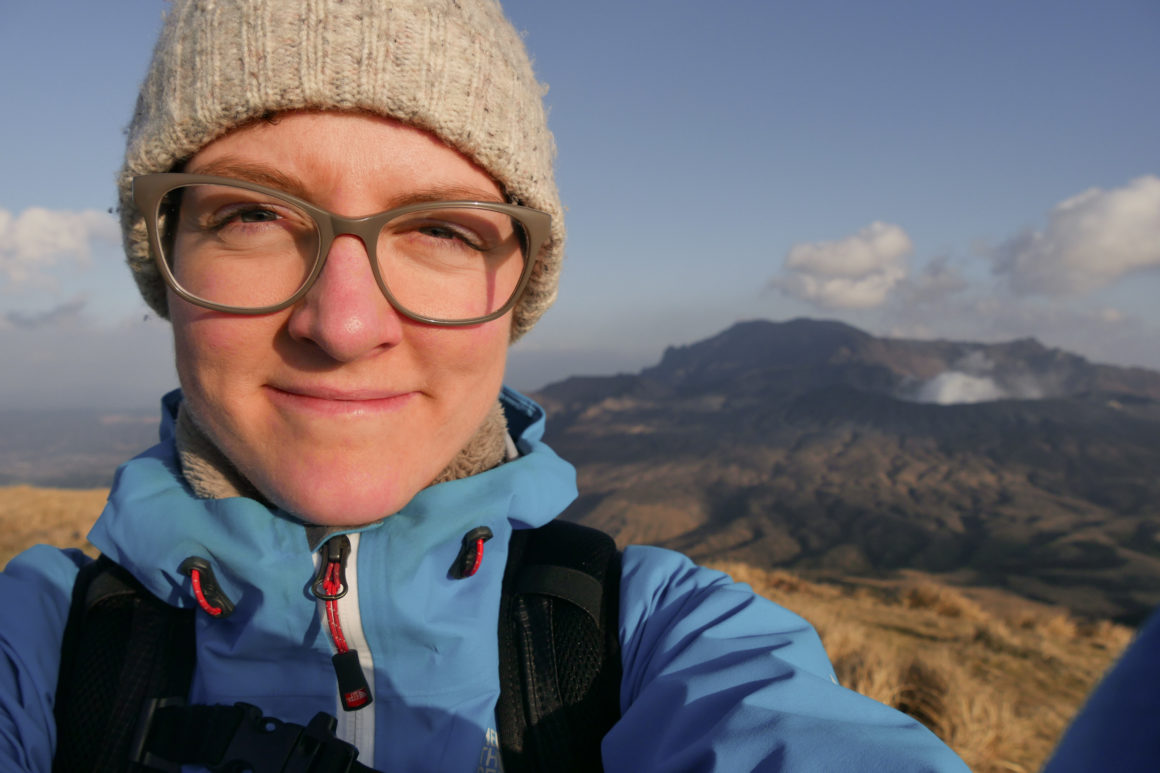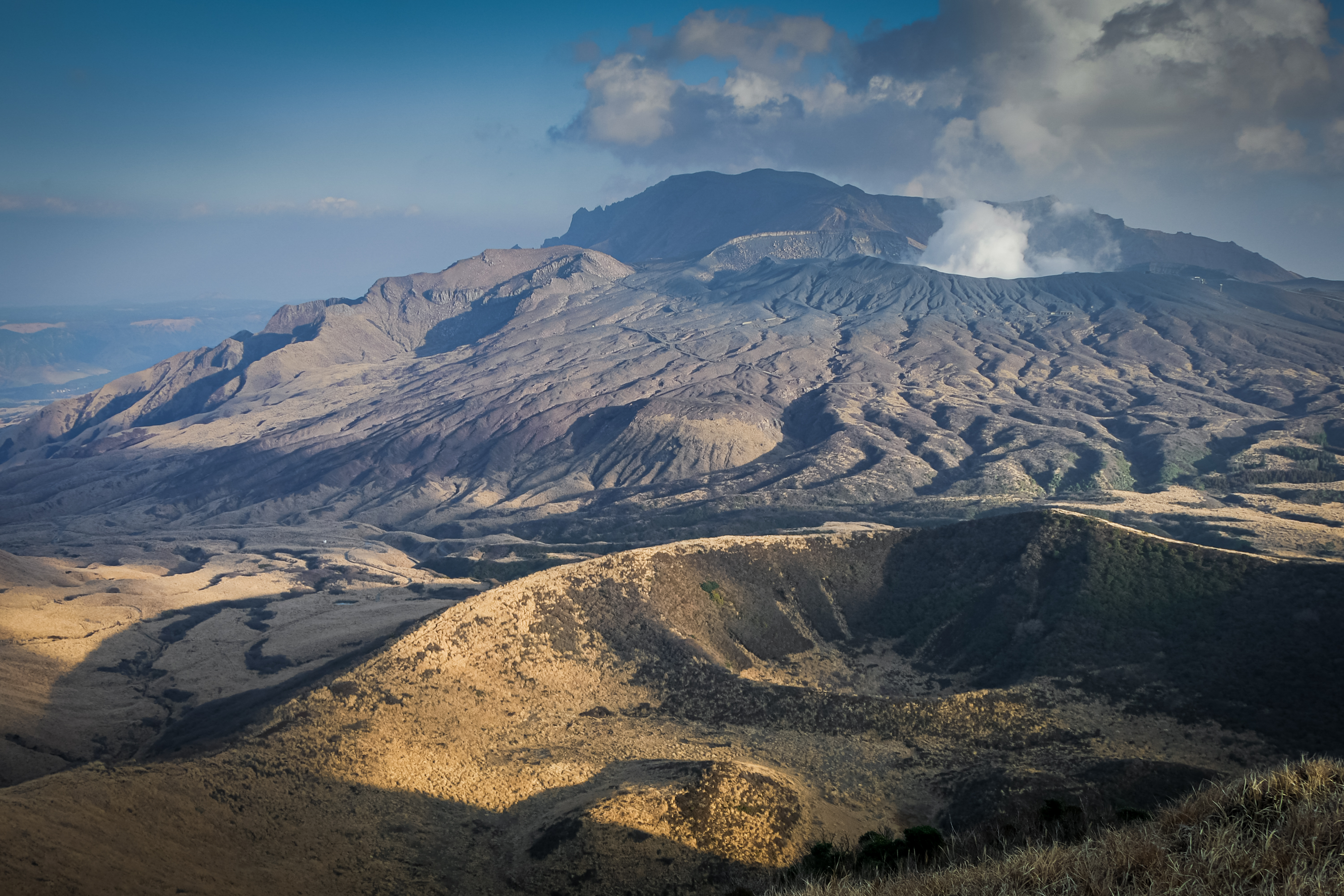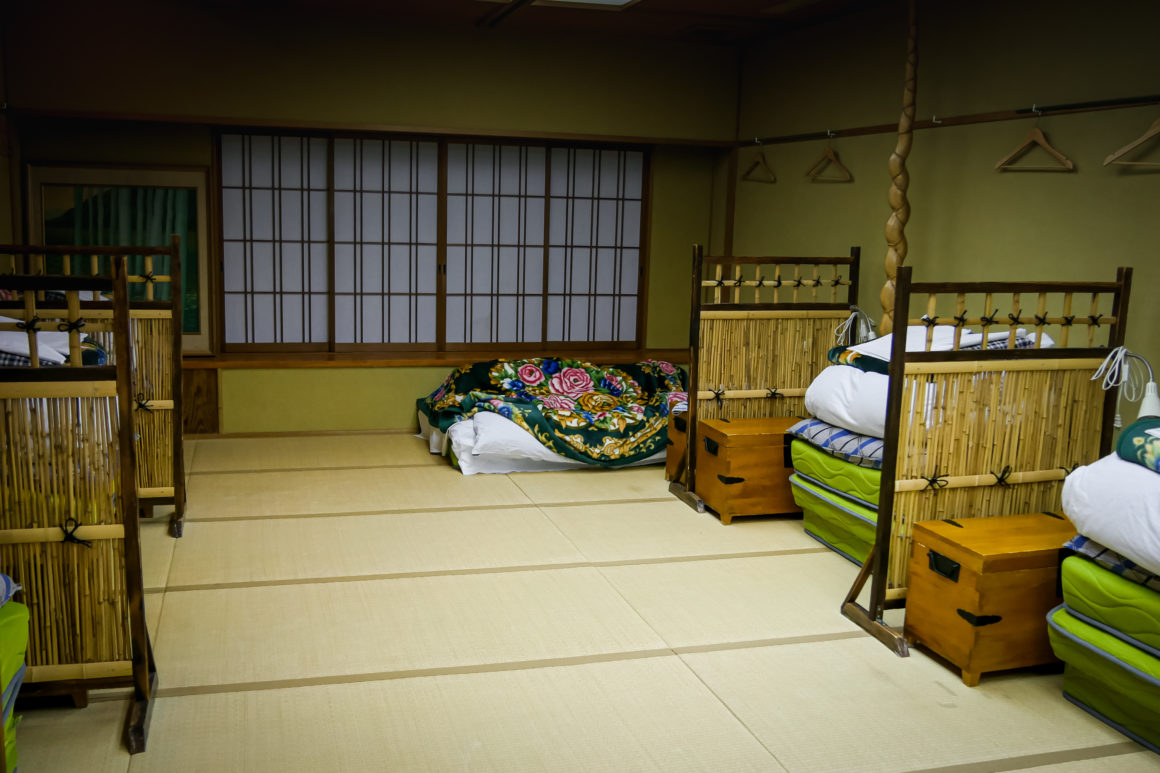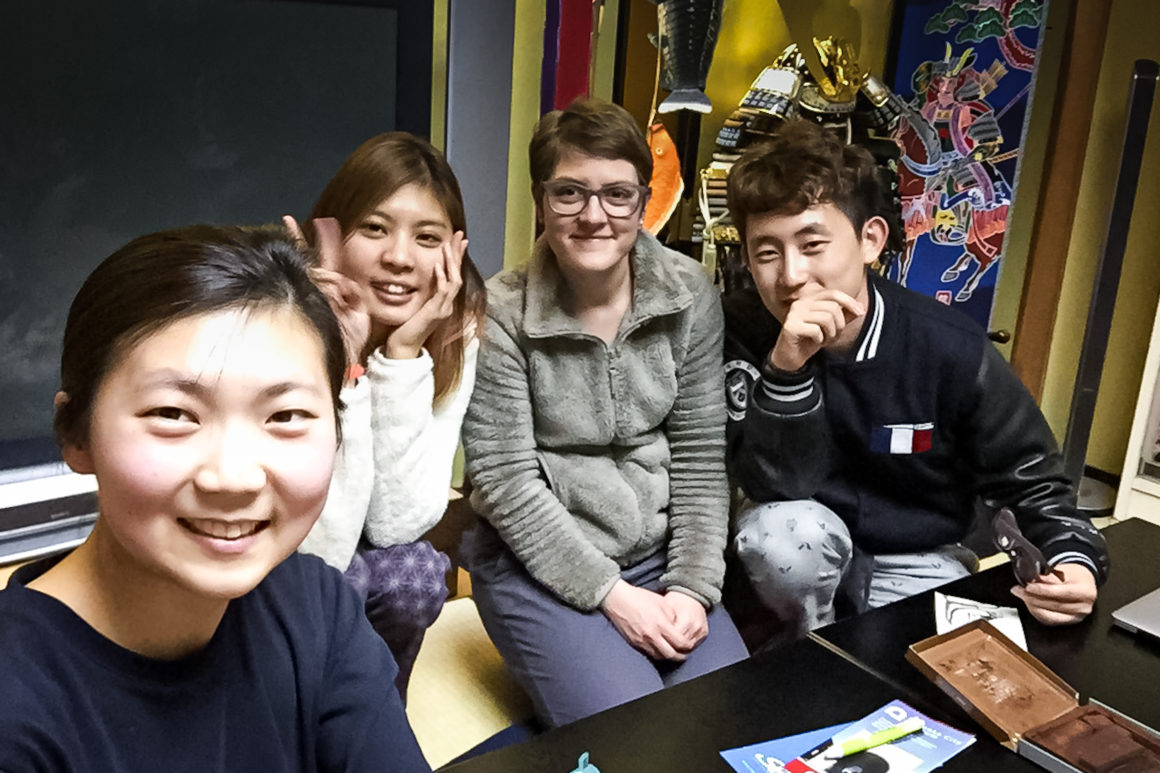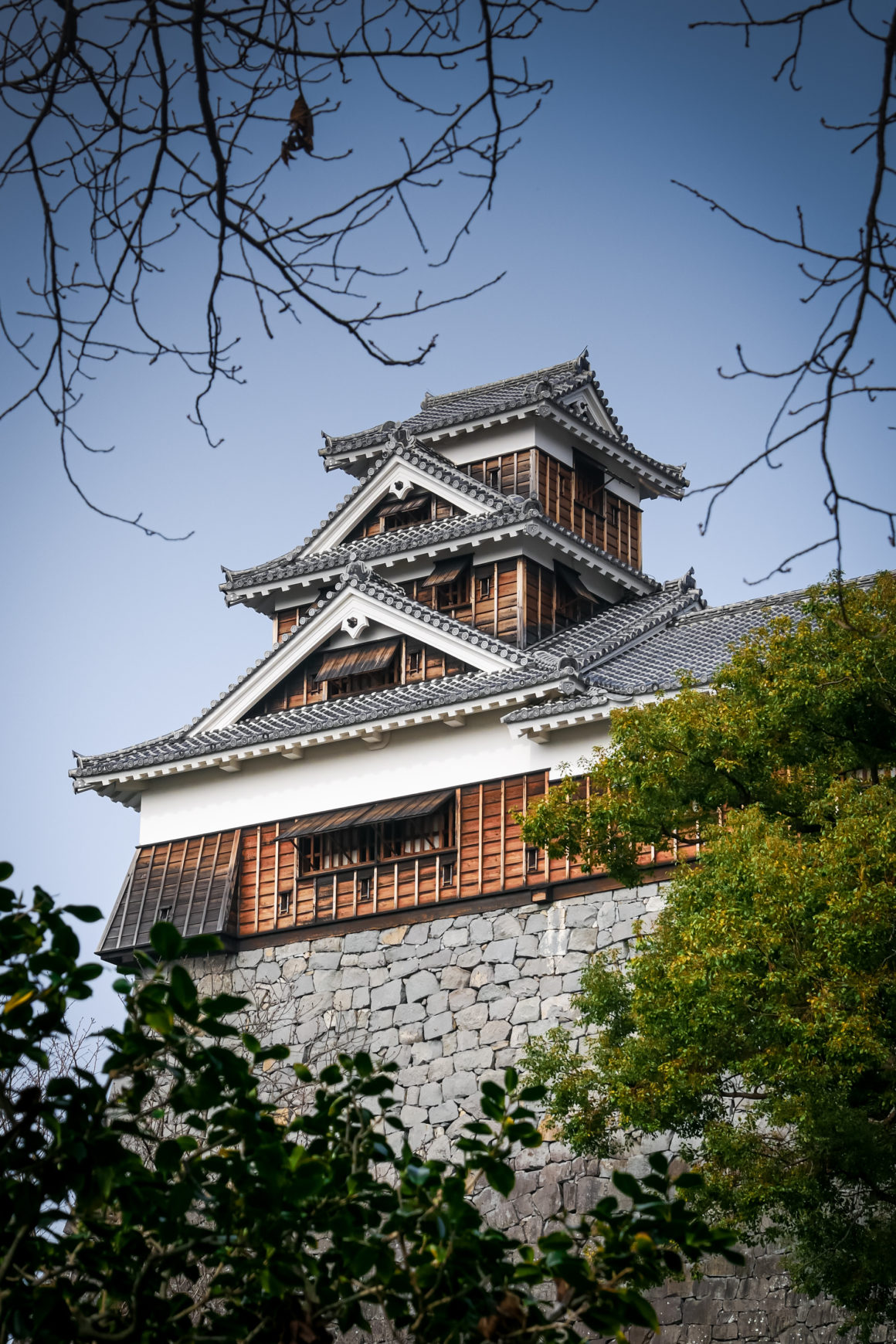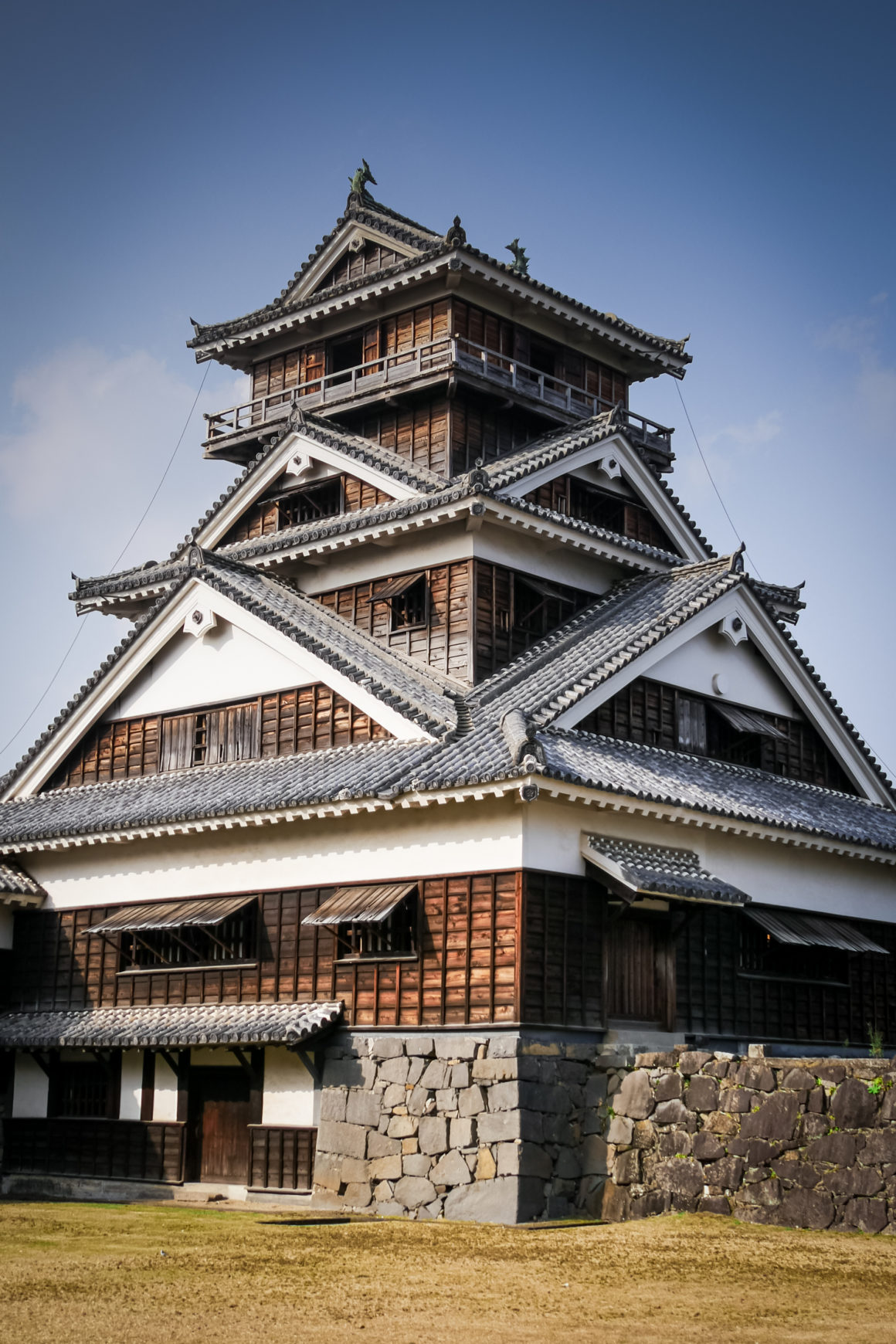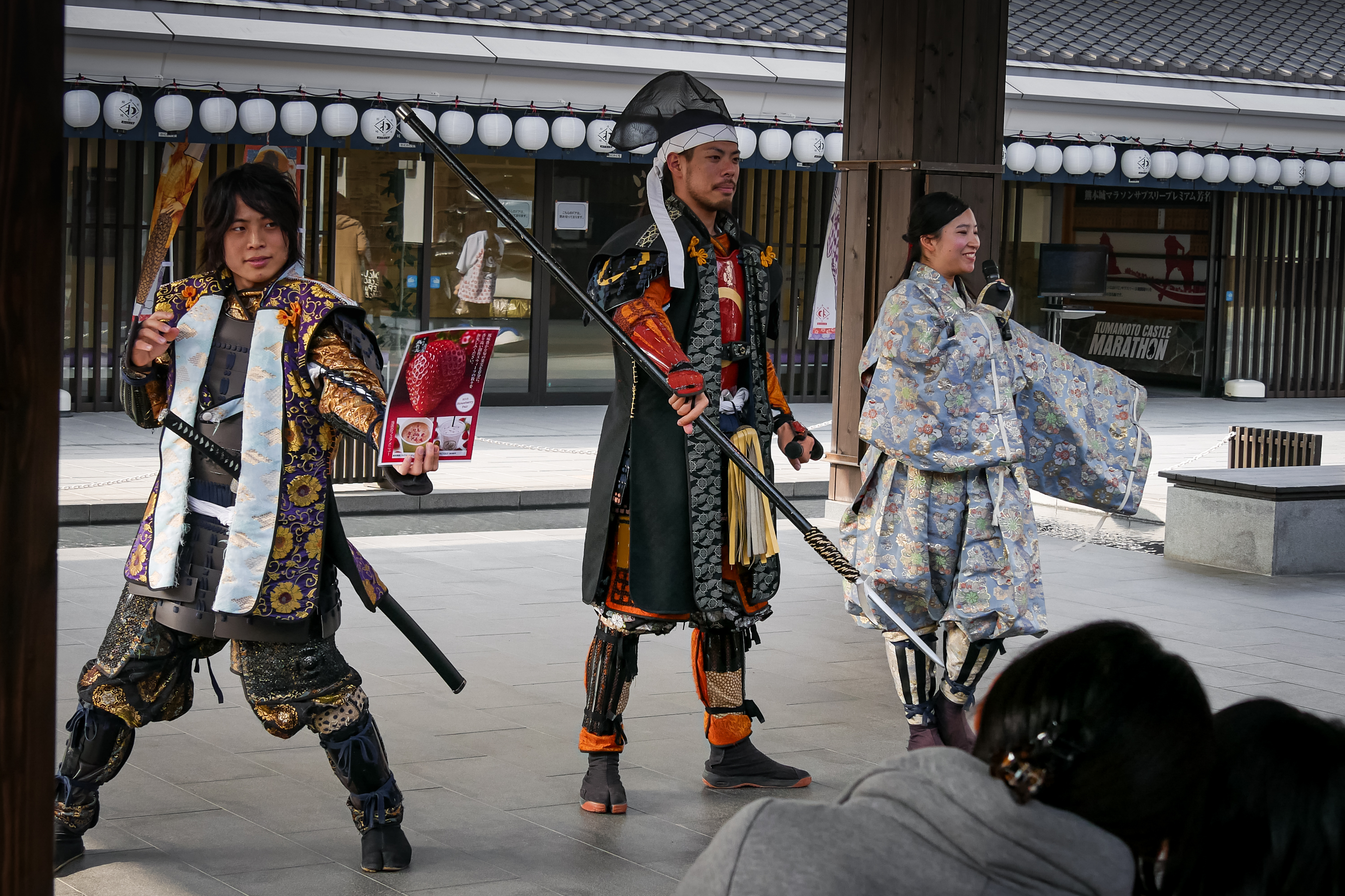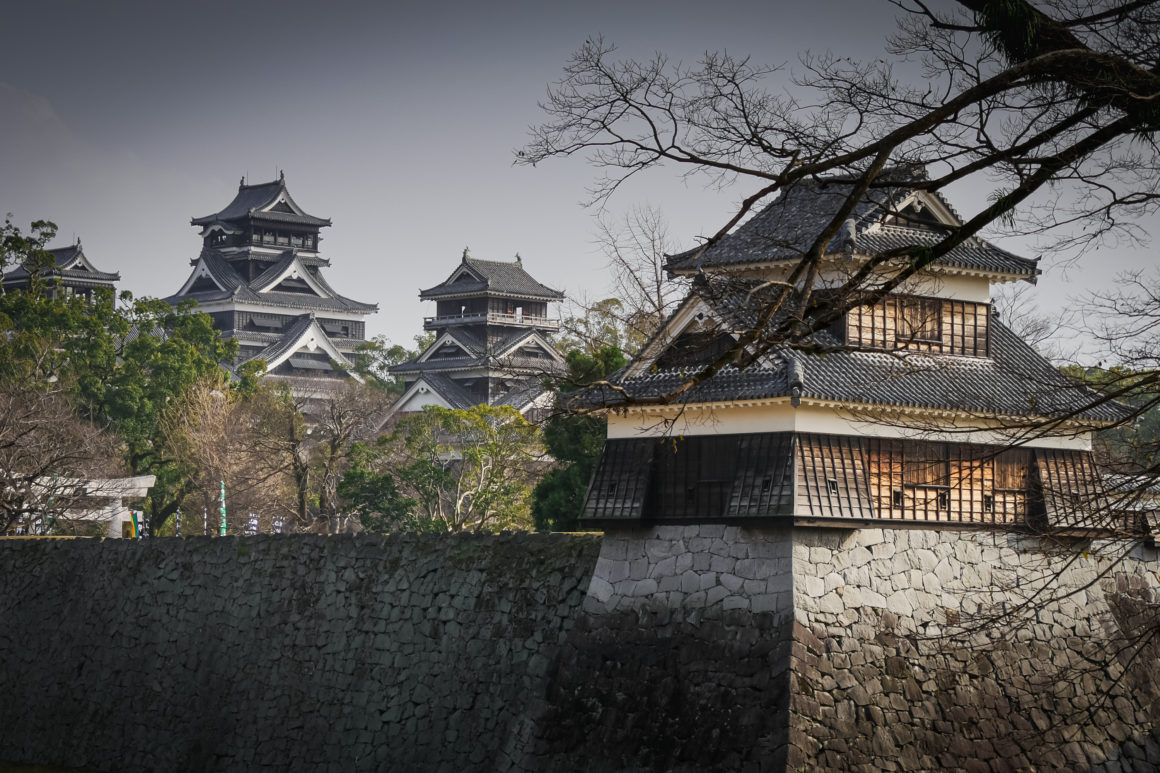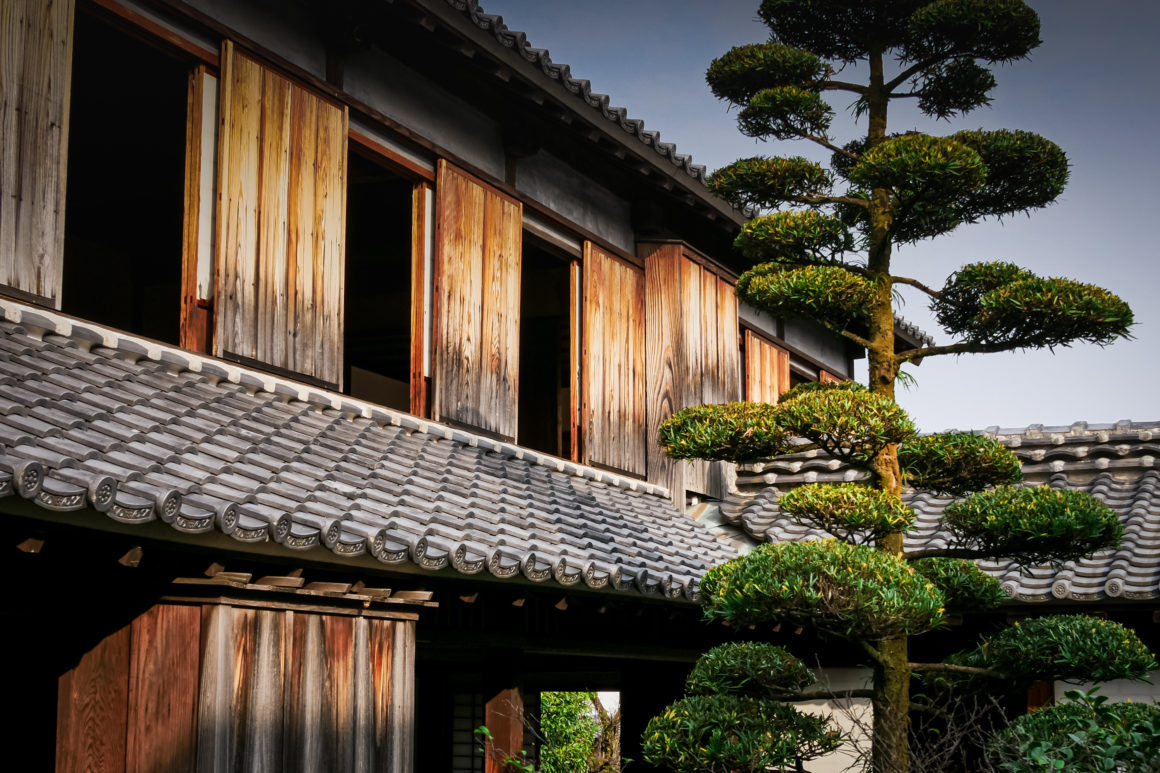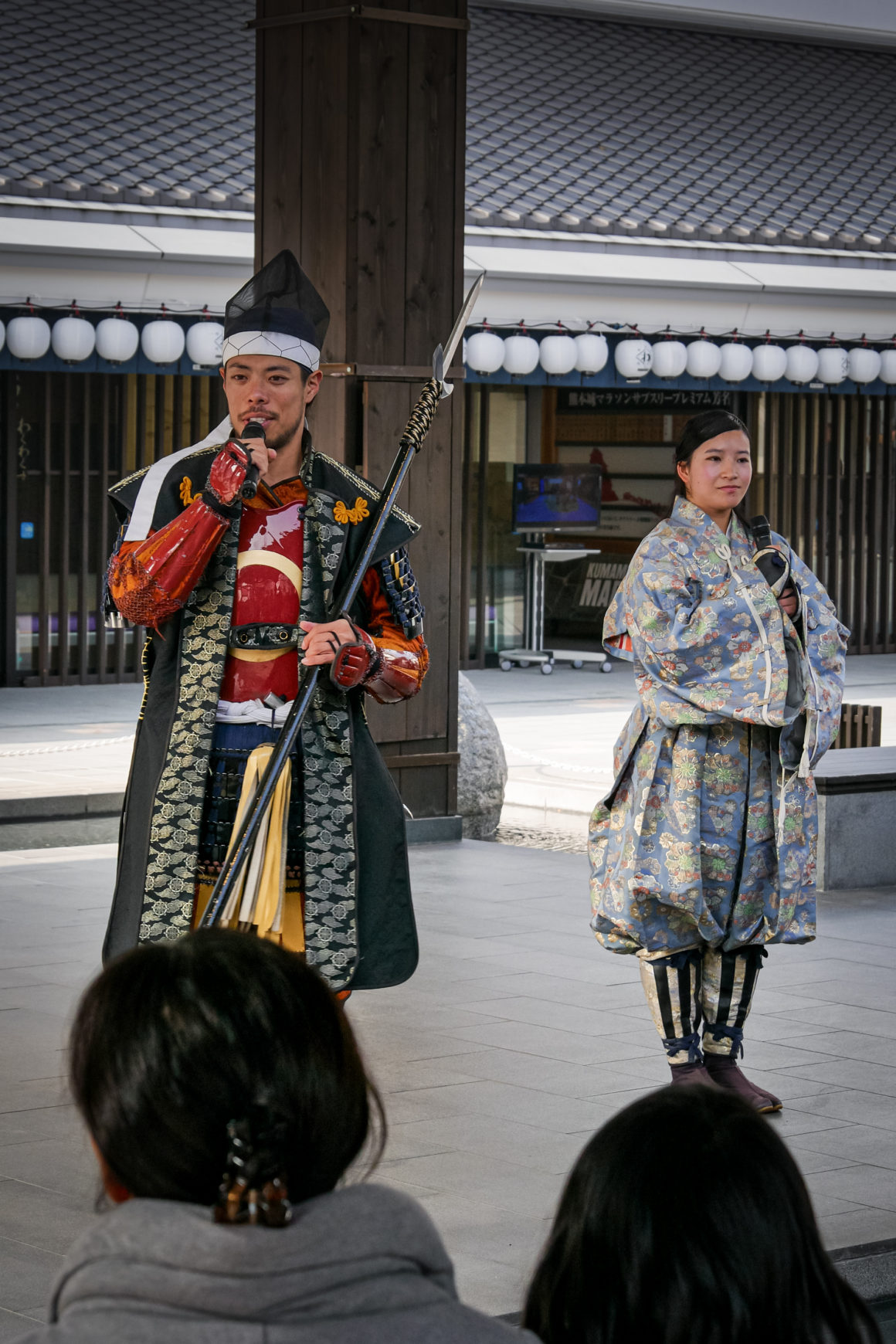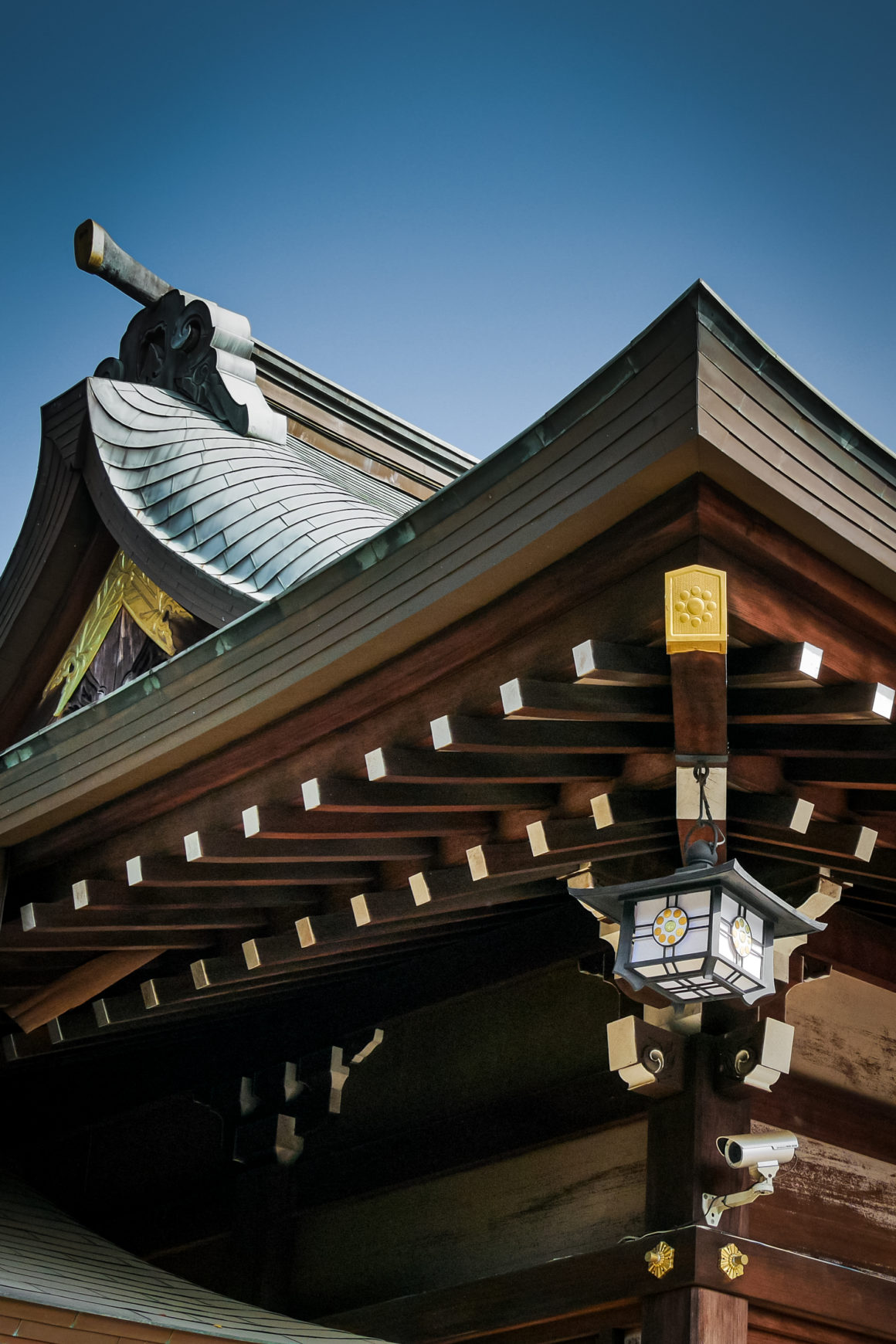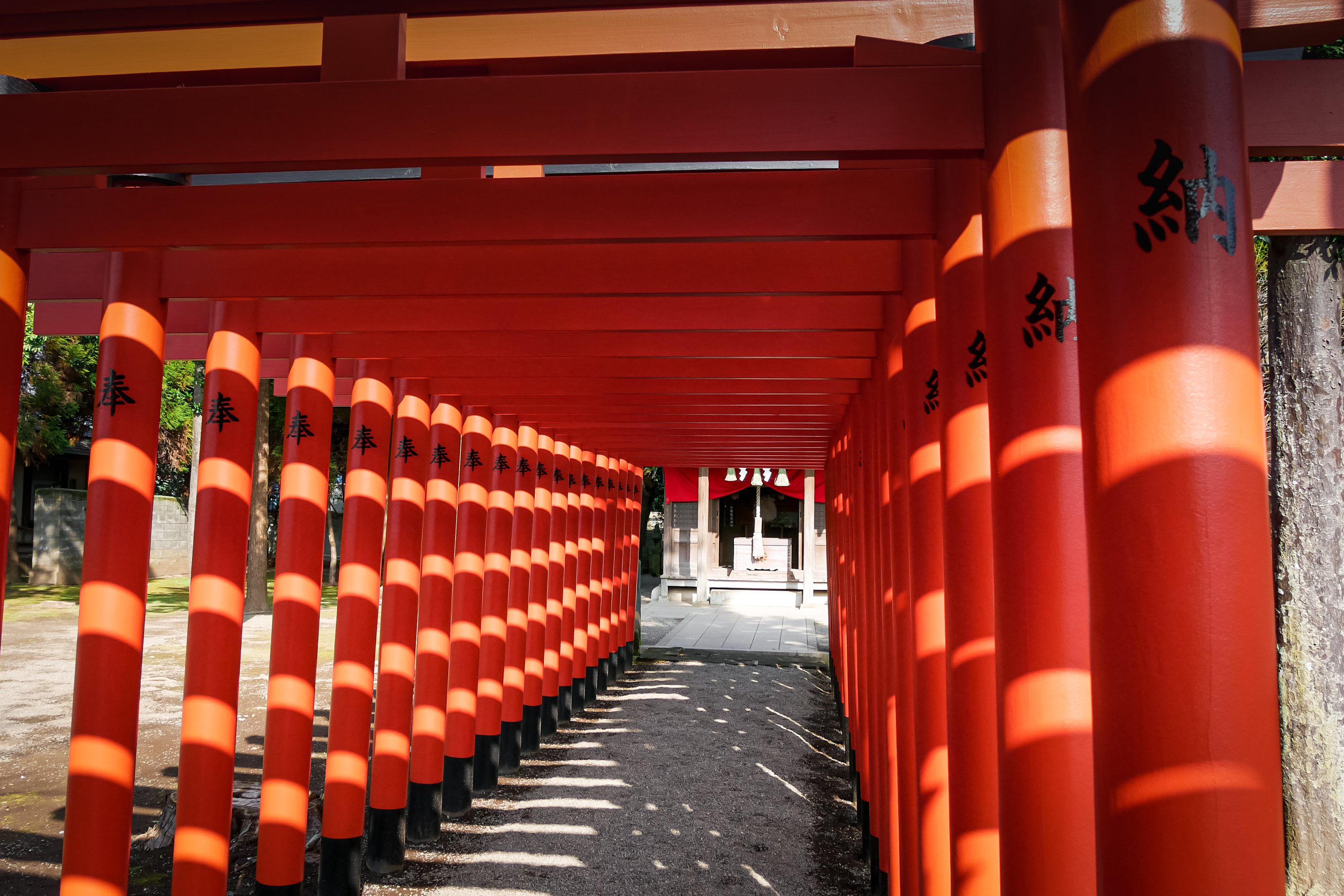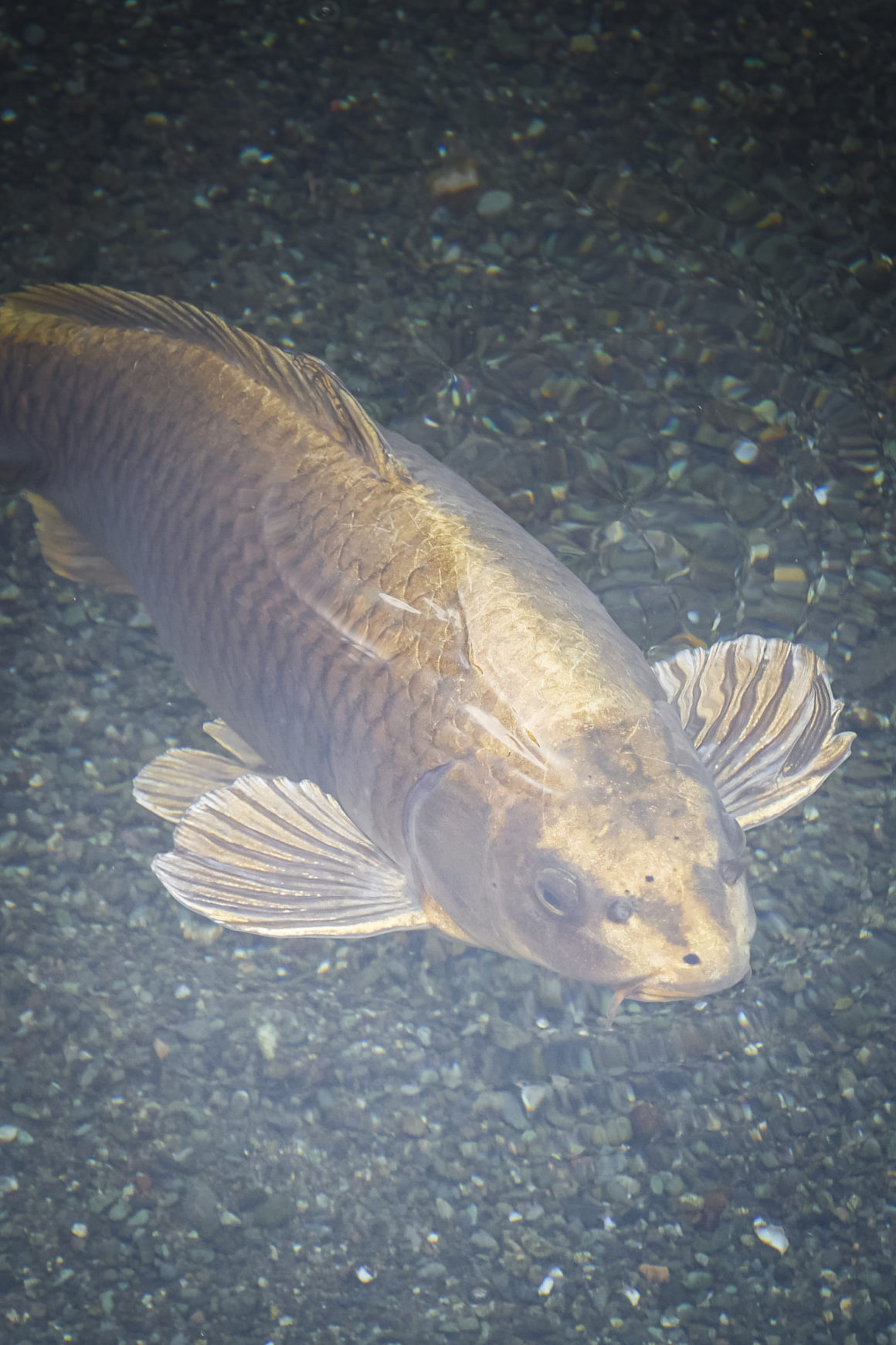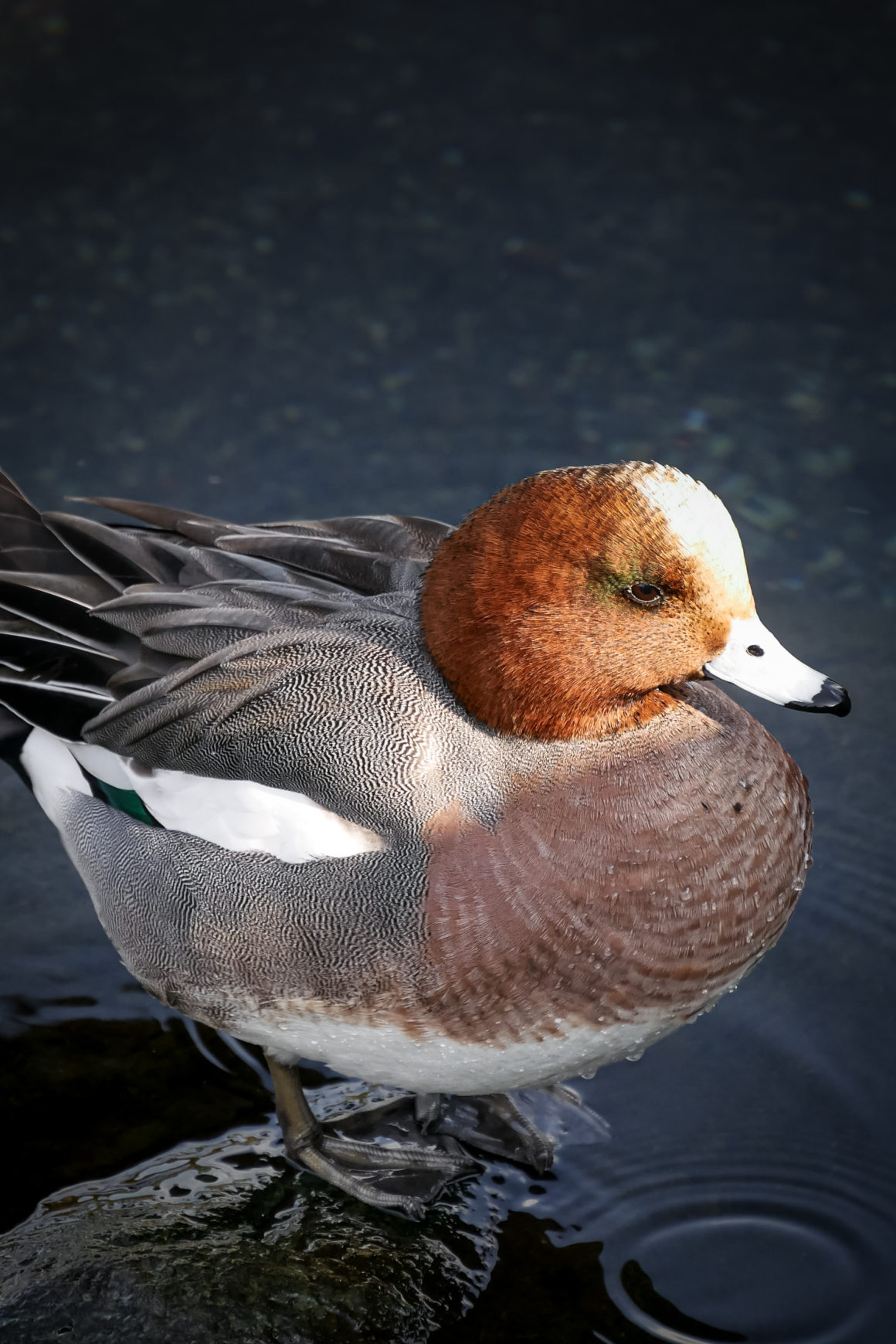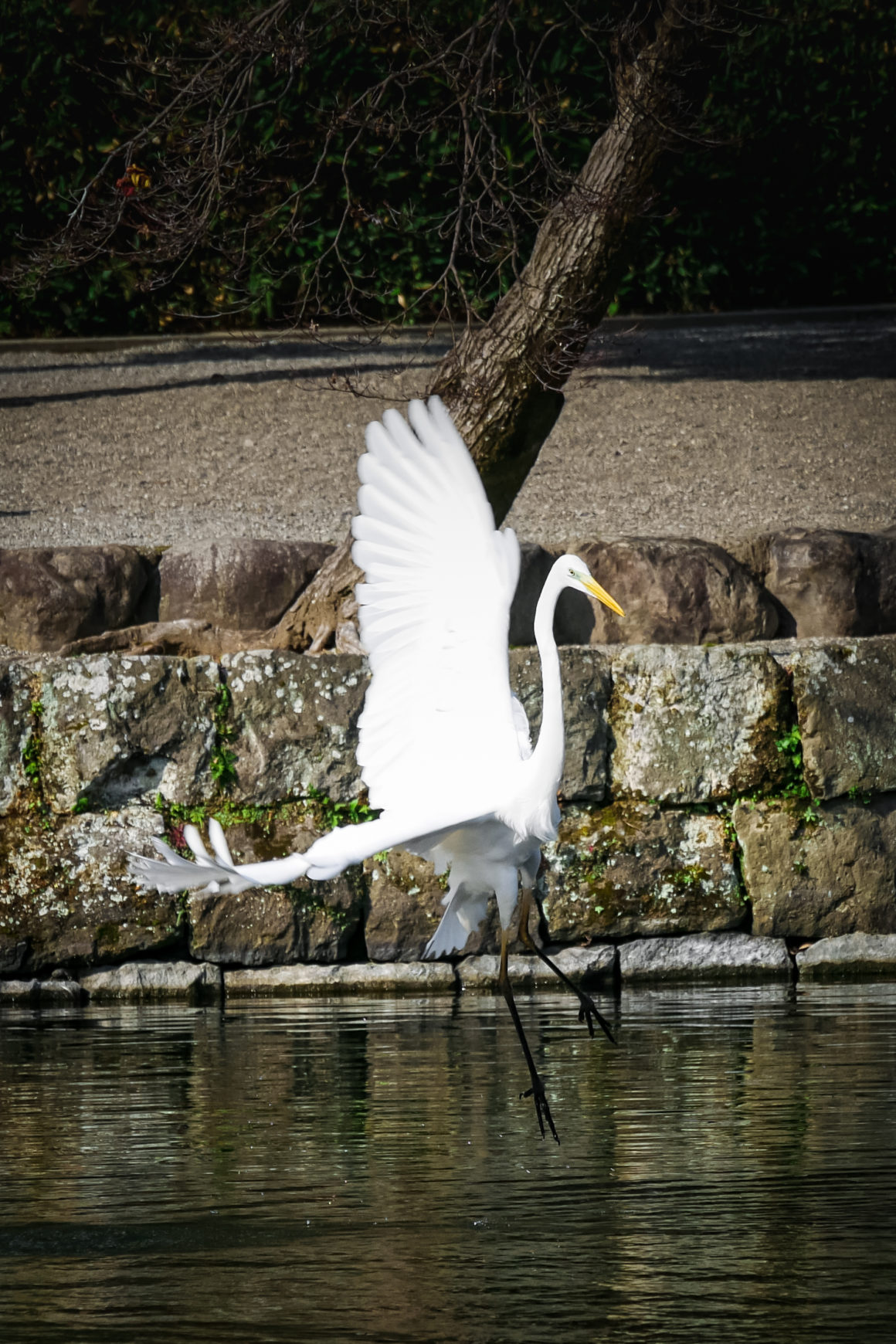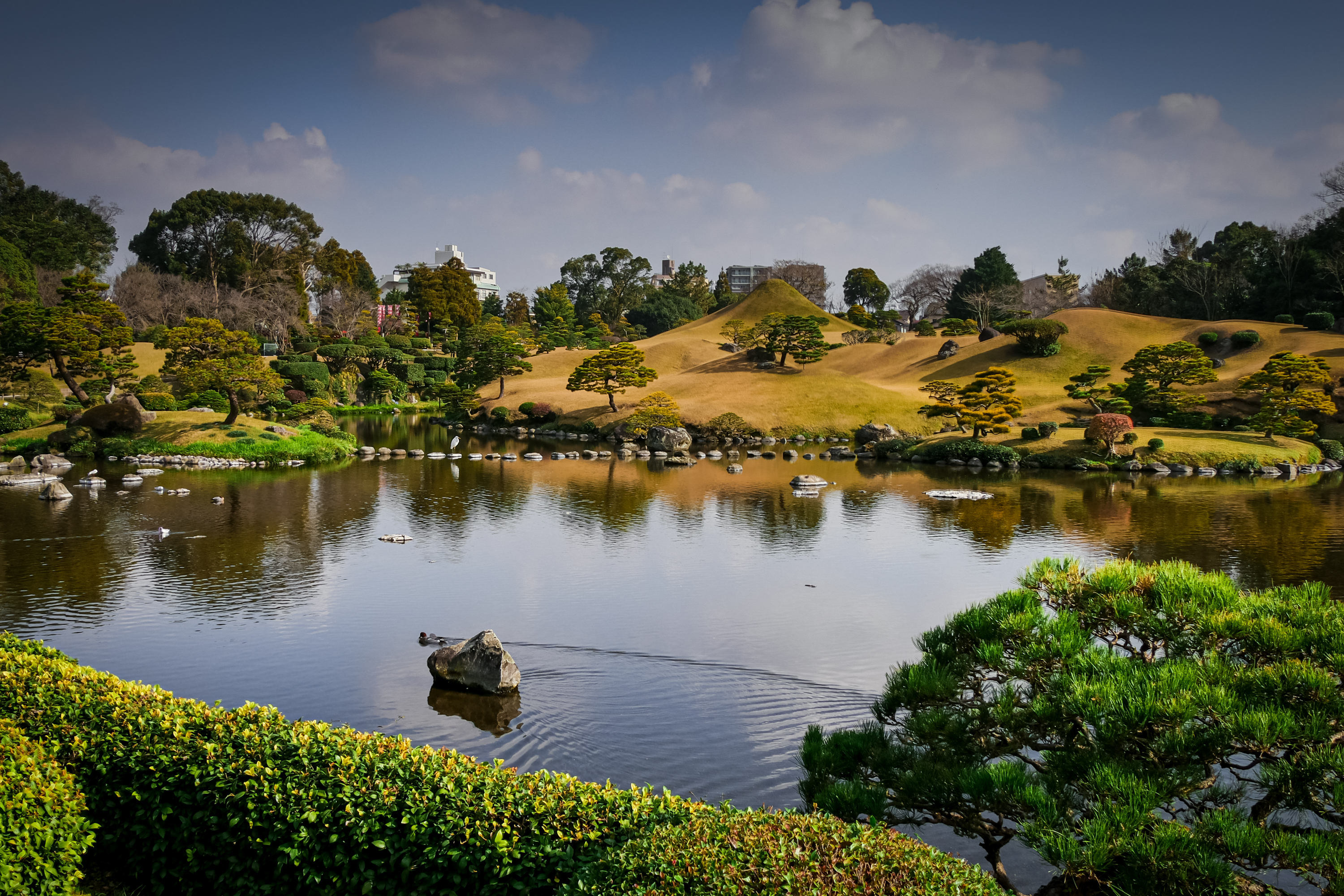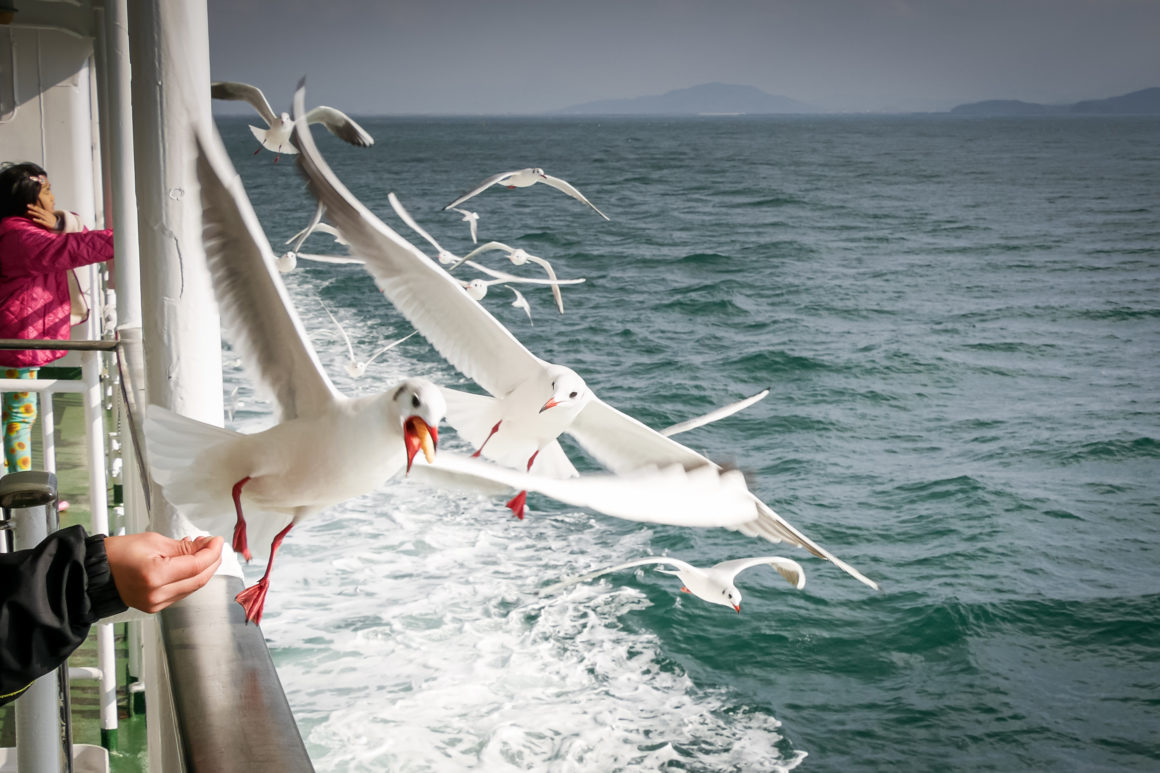DISPATCH
The end of my woofing went very quietly since the hostel was closed on December 23 and 24. On the evening of the 23rd we went to see the Christmas Festival in Beppu as planned. Alas it was raining, which made the evening gloomy. I was expecting a real “matsuri” (Japanese festival with parades and people in traditional costumes) but not really. It was exactly the same as in France. In a large shopping center, there was a stage where different groups paraded dancing and singing. The most interesting was a group interpreting Christmas carols using bells of different sizes. And on the seafront was a succession of stalls selling food (called “yatai“: itinerant stand for outdoor dining). Irasshaimase! from all sides. (Irasshaimase means “welcome” in Japanese. You hear it everywhere and all the time: at the entrance to a store, restaurant, hotel, bus, temple … Waiters on the street promoting their restaurant or bar or the vendors of itinerant stands or gargottes constantly shout it to attract the customer …)
The fireworks (fired from the sea) were nice but the music accompanying them spoiled the show a bit. Mix of trendy Japanese and American songs, including three songs from Frozen! I found that there were quite a few people compared to the size of the city. People on the seaside, yes but no one in the rest of the city. Did the people stay at home?
Beppu festival
Adventure on the Yufudake
The next day, Christmas Eve, I climbed the Yufudake just behind Yufuin, a volcano culminating at 1584 meters above sea level. The only eruption of Yufudake dates back to 200 BC. The crater is bordered by two peaks: the Higashi-mine in the East, culminating at 1,583 meters above sea level and the Nishi-mine in the West, at 1,584 meters above sea level. The climb was very beautiful with a superb view over the valley. Hardwoods and fir trees in the first half then large yellow grasses in the second half. It was hot but when I got to the top the wind picked up. The crater was enveloped in mist. Climbing the peaks surrounding the crater was quite risky. The path to reach the Nishi-mine was steep, consisting of chains and ropes. Almost climbing. I took the “easy” path to the Higashi-mine where I stopped for lunch. A gentleman eating next to me was looking at the map of the region (I have been looking for hiking maps since I arrived in Japan), so I started a conversion. Very nice, he gave me a lot of explanations on where to buy the famous cards. He was on vacation, alone and climbing the various volcanoes in the region.
I came down by another path which turned out to be much more difficult and long than the climbing path! The first part was a fairly steep descent with climbing areas using chains and ropes! The second part was a long hike through a deciduous forest. Quite a few people pass by, the path was very little marked. I lost it at one point and it took me a long time to find it again.
On the roof of the world at Mount Aso
Friday, December 25, I left Yufuin and the Country Road Hostel behind me to hit the road again. Direction Mount Aso. Culminating at 1,592 meters above sea level, Mount Aso volcanic complex is home to Japan’s largest and one of the most active volcanoes.
“This volcanic complex in fact groups together around fifteen volcanic cones within a 25 km by 18 km caldera. The latter contains among others the city of Aso (…). Among all the volcanic cones, the largest are the Naka-dake (1,506 meters, the most active in historical times), the Taka-dake (the highest, which peaks at 1,592 meters), the Neko-dake ( 1,408 meters, estimated the oldest), the Kishima-dake (1,270 meters), the Narao-dake (1,331 meters) and the Eboshi-dake (1,337 meters). ” – Wikipedia
On boarding the bus to Yufuin, I found the gentleman with whom I spoke yesterday! He was going to climb Mount Kuju, a volcano culminating at 1787 m, whose last eruption dates back to 1995 and located between Yufudake and Mount Aso. The bus ride to the city of Aso was wonderful. Passage through the mountains, on superb plateaus covered with yellow herbs. The arrival at Aso was very impressive. The caldera is really gigantic. (A caldera is a vast, generally circular depression caused by a very large volcanic eruption). I quickly left my bag at my hostel and took a bus to go up to see the peaks and the crater of the active Naka-dake. Last year there was a fairly significant eruption and since the access to the edge of the crater by cable car is closed. I was a little disappointed. But I was still able to go to the base of the cable car, see the smoke coming out of the crater and put my feet in the ashes. A small sanctuary next to the station was covered with ashes.
I then went for a walk through the plateau. Despite the strong and cold wind, the place was magnificent, entirely covered with large yellow grasses like on the Yufudake. These are actually large green grasses in summer that turn yellow in winter. To keep these large spaces only covered with herbs and to prevent the forest from regrowing, every summer, the locals burn the herbs so that they renew themselves. I admit that I find it a little barbaric to burn nature to shape it in our image but it is true that these large expanses of grass are magnificent. I climbed the Kishima-dake (1270 meters above sea level). A path goes around the crater crest with a completely fantastic view on one side of the caldera below and Mount Komezuka (small volcanic cone culminating at 900 meters whose shape is geometrically perfect) and on the other side the plateau with the different peaks and the smoking crater. I felt at the top of the world.
The next day I took the bus back to the plateau. I wanted to climb the Eboshi-dake (1337 meters) before leaving Aso. But unlike yesterday, it was all gray and the plateau was covered with mist and frost. The ride was less beautiful. On the other hand, while waiting for the bus going up to the plateau, I met Céline, a young French woman on a working holiday visa like me and in Japan for eight months! We quickly sympathized and went for a walk together. It was an opportunity to exchange many details and anecdotes. She also did a lot of woofings and worked a lot of time in Kyoto. It was a very nice meeting. It is with regret that I left Aso. The place is full of superb hikes that I would have gladly done.
Passing through town in Kumamoto
Saturday December 26, arrival in the evening at Kumamoto, located on the west coast of Kyûshû. My hostel Hostel and Dyeing Nakashimaya was very friendly. Full of old objects, armor and large traditional trunks and the dormitory was in fact a room covered with tatami mats, where the beds were only separated by small wooden partitions. I met three very nice Koreans there: Shobi, a 27-year-old girl who makes pretty drawings, Kimnuri, a girl of 21 fashion designer and Sangkyu, a 23-year-old man who had been studying French for two years! Passionate about cycling, he notably made Paris – Marseille by bike a few years ago. They were all on vacation for ten days in Japan (they did not know each other until we started talking). The evening was very pleasant and interesting.
I spent my Sunday and Monday morning walking around Kumamoto. Visiting the castle built around 1605 by the daimyo Kiyomasa Katô and having served as a refuge for the rebels of the new imperial order during the Satsuma revolt in 1877.
The Satsuma rebellion (西南 戦 争, Seinan Sensō, the Southwest War) is a revolt of the Satsuma samurai clan against the Japanese imperial army, which broke out in year 9 of the Meiji era, in 1877. The Satsuma samurai were increasingly critical of government initiatives. The modernization of the country resulted in the disappearance of feudalism, thus destroying the traditional social structure. For the samurai, this represented the loss of their social status, their privileges and their position of power, further jeopardizing their financial situation and the values they defended. – Wikipedia
Also visiting the Kyu-Hosokawa Gyobutei (military residence of the Hosokawa-Gyobu clan built in the 17th century) and the Suisenji Jojuen garden representing the 53 stages of the Tôkaidô (old road connecting Tokyo to Kyoto in the Edo period). The garden was very beautiful but I did not really manage to see the different stages apart from the miniature Mount Fuji, whose shape is perfectly recognizable.
In the afternoon, I took the ferry to the Shimabara Peninsula west of Kumamoto. The seagulls accompanied us all along. People were feeding them and they were rushing around in the air to catch their pittance. It was very impressive !

